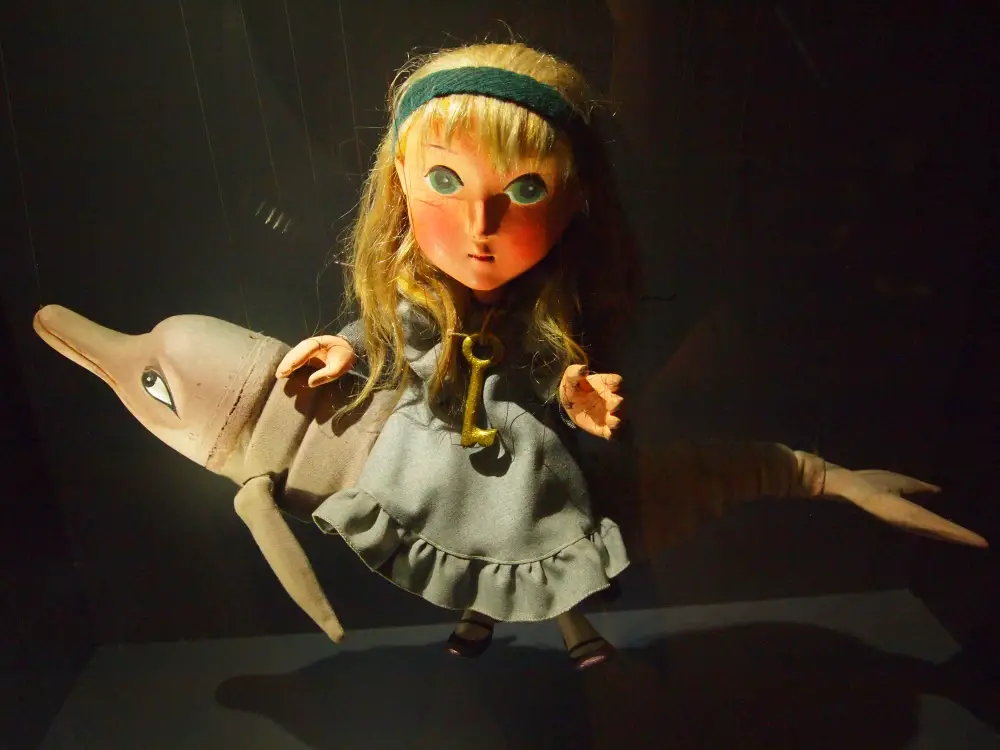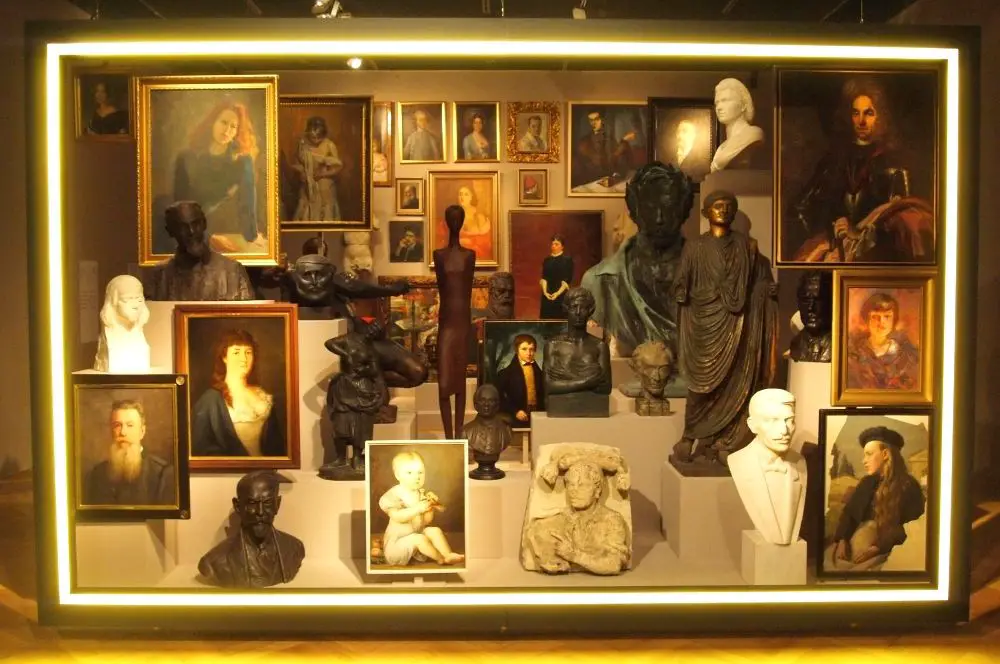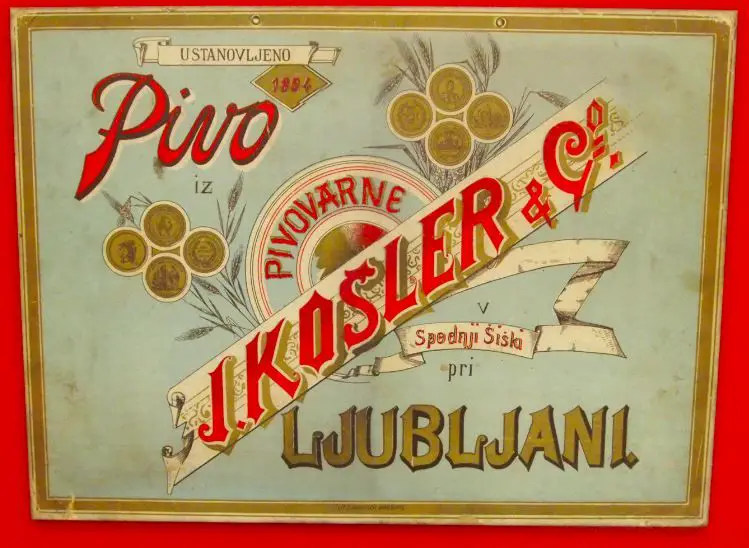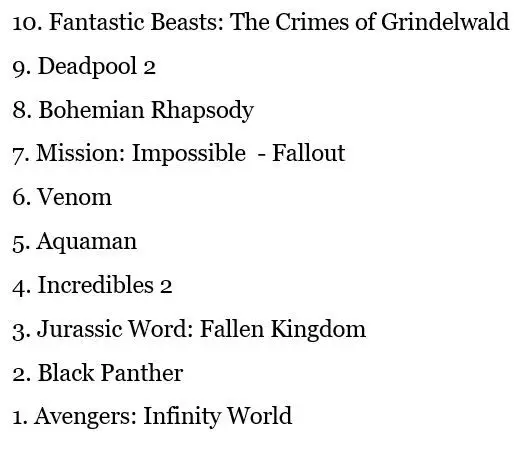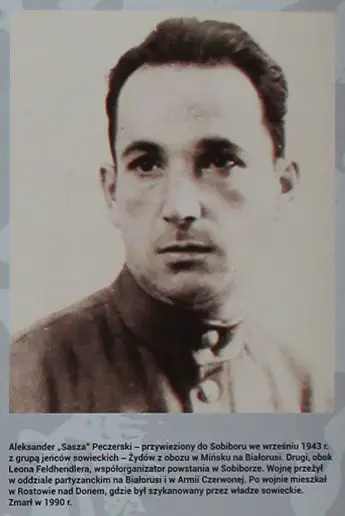Lifestyle
23 January 2019 - The BBC’s Good Food project has announced its list of “top 10 destinations for foodies 2019”, with Ljubljana making an appearance at #3. Illustrated with a picture of the Franciscan Church of the Annunciation and Dragon Bridge, as taken from Fishmarket Footbridge (one of the best photo spots in town, as noted here), the attractions of the city are described as follows:
Small but perfectly formed, the so-called 'Europe in miniature' is so much more than that. Slovenia’s food culture is little bit Eastern European, a little bit Alpine, a little bit Med, but very much its own thing, too. The tiny capital, Ljubljana, has hipster coffee spots and killer burger joints but also cosy old country restaurants where rustic cuisine reigns supreme. Think: pršut (air-dried ham), zlikrofi (a ravioli-like pasta filled with herby pork), and indulgent gibanica cake (a blend of shortbread and fruity strudel) – dishes that are plentiful in beautiful lake and mountain towns like Bohinj and Bled. Chefs like Ana Roš are leading the charge for inventive Michelin-starred Slovenian cuisine, and there’s a little stretch of coast, too, where simple shellfish and fish carpaccio dishes are a fresh counterpoint to hearty inland eats.
While global travellers may be surprised to see the tiny capital of Slovenia ahead of such vast areas of culinary delights as the whole of Japan, placed at #8, the ranking is a welcome addition to the growing body of work drawing attention to the varied cuisine that’s available in this small but topographically, climatically and agriculturally diverse land. Indeed, Slovenia’s 24 gastronomic regions, for too long neglected by gourmets, gourmands, foodies and the culinary elite, seem to be preparing for some time in the spotlight. As part of the 2017–2021 Strategy for the Sustainable Growth of Slovenian Tourism (PDF), the tourist board has defined Slovenian gastronomy as one of the ten leading tourist products of the nation, one that can help in both leading visitors to some of the less trafficked parts of the country, as well as help promote tourism in all four seasons. The country is also preparing for its year as a European Region of Gastronomy in 2021, as reported last year.
The BBC’s top 10 destinations for foodies 2019 are as follows:
- Matera in Italy
- Amsterdam
- Ljubljana
- The South Aegean islands in Greece
- Yorkshire in the UK
- Corsica
- Pittsburgh in the US
- Japan
- Peru
- Ethiopia.
The full story, with all the details, can be read here, while our growing collection of road-tested Slovenian recipes can be found here
STA, 22 January 2019 - Only 12% of Slovenians surveyed in a EU-wide opinion poll believe that antisemitism is a problem in their country, and only 4% consider it a major problem.
The results, presented in Brussels ahead of 27 January International Holocaust Remembrance Day, found a gap between how the problem is perceived by Jews and how by the general population in the EU.
In the survey, conducted by Eurobarometer among 27,600 respondents across the EU in December, one in three respondents (36%) said that antisemitism increased in their country in the past five years.
Only 12% of respondents in Slovenia believe the same, against 62% who feel the level of antisemitism has remained the same and 9% who believe the problem has decreased.
However, a survey conducted by the EU Agency for Fundamental Rights among almost 16,500 Jewish people in 12 EU countries, found nine out of ten feeling that antisemitism increased in their country.
Half of respondents in the Eurobarometer survey feel that antisemitism is a problem in their country, the largest proportion in Sweden (81%) and France (72%) and the lowest in Estonia (5%), Bulgaria (8%) and Portugal (9%).
Fifteen percent of Europeans believe that antisemitism is a very important problem in their country, the highest proportion in Sweden (37%).
In Slovenia, 12% respondents said that they felt antisemitism was a fairy important problem and 4% thought it was a very important problem, against 30% who thought it was not really a problem and 45% who said it was not a problem at all.
Thirty percent of Slovenian respondents also said that people in their country were not well informed about the history, customs and practices of Jewish people, which corresponds to 16% of all Europeans.
13% of respondents in Slovenia said they had friends or acquaintances who are Jews.
All our stories on Jewish Slovenia are here, while a more detailed summary of the Eurobarometer report can be found here, and a PDF of the full report here
January 22, 2019
It is said that every true Slovene should climb to the top of Triglav, the highest Slovenian mountain, at least once in their lifetime.
However, recent reports of heavy traffic at the top of the mountain along with the trash trail that follows it are evidence that such an expression of national pride doesn’t come without the cost these days. Calls to drop the ‘everyone on Triglav’ idea and replace it with practices that are focused on preservation of nature rather than the defence of territory by repeated conquests of inhabitable lands have been becoming louder in the last two decades. Such a paradigm change is even more pressing since the struggle for independence ended with the final acquisition of the Slovenian statehood in 1991.
This article, however is not about what should be done about mass tourism at the top of Slovenia’s highest peak, but rather how it has all begun. How and why did Triglav and mountaineering in general become so tightly knitted into the fabric of the Slovenian national identity.
The start of an obsession
“To conquer the summit” is in fact a literal translation of a Slovenian expression for reaching the summit (osvojiti vrh), while the very idea of climbing to the top of a mountain instead of worshipping it from the bottom originates in the ideas of the Enlightenment.
One of the most important places which allowed for the enlightenment to spread among the 18th century Slovenes was, perhaps surprising for some, a secluded mining town called Idrija, the location of the world’s second largest mercury mine. As such, Idrija attracted some of the Europe’s finest natural scientists of the time, in particular Giovanni Antonio Scopoli and Balthasar Hacquet. And both men played an important role in the series of events that lead to the first reaching of Triglav’s summit in 1778, which took place eight years before Mont Blanc, the highest peak in the Alps, was climbed.
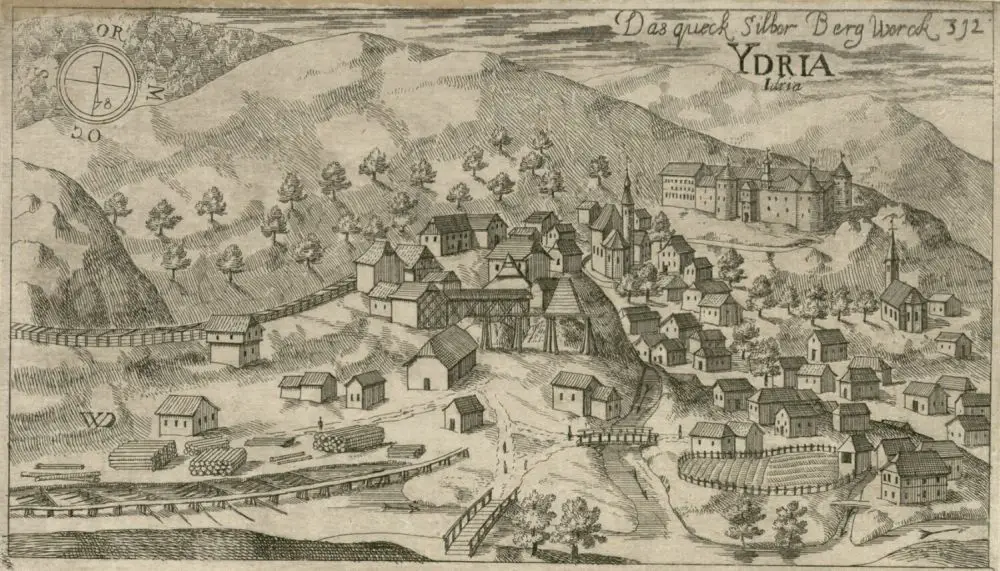
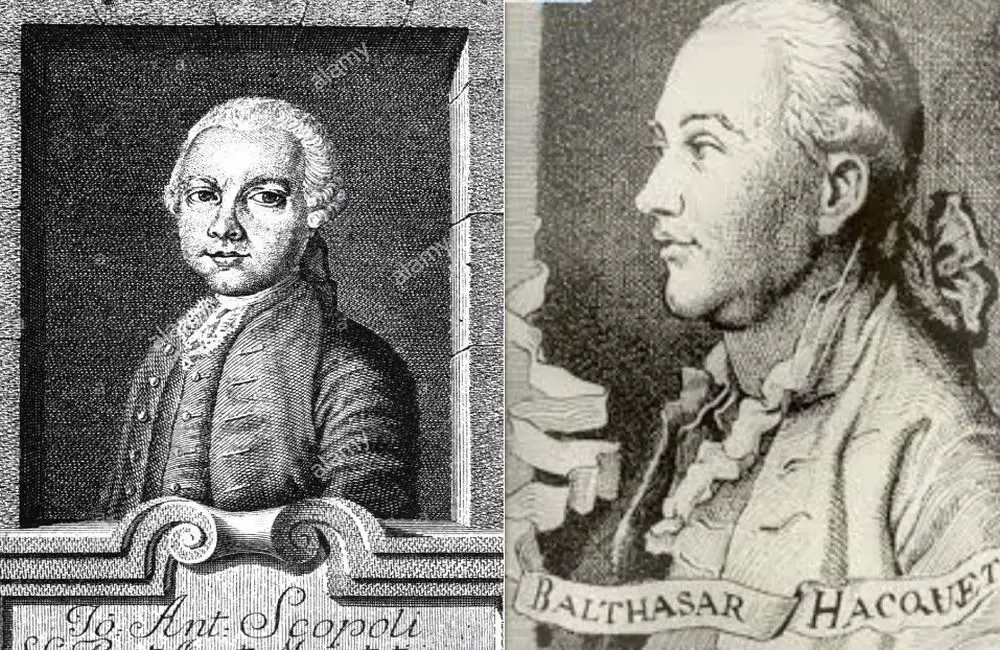
Now, Triglav at the time was not Triglav today, equipped with ropes, iron fences and widened trails, and even though the peak lies below three thousand metres, it was quite a difficult mountain to climb, not something one could do on the first attempt. So how did the two enlightened thinkers influence the idea to get to the top?
Scopoli, born in the Southern Tirol (today’s Italy) of the Hapsburg Empire, served in Idrija as the first mine physician between 1754 and 1769, a job which included extensive research on the surrounding botany (no antibiotics in those days), including the Julian Alps, the location of the Triglav massive. This is why Scopoli ended as the first man at the top of Storžič (2,132m) in 1758 and Grintavec (2,558m) in 1759. In 1760 Scopoli published a book on his findings called Flora Carniolica and kept a regular correspondence with no other but the father of contemporary taxonomy, Carl von Linné (aka Carl Linnaeus) in Sweden. The two communicated in Latin.
Apart from his inventory of over 1,100 plants from the Slovenian Northwest, Scopoli also founded an education programme in metallurgy and chemistry in Idrija, which he eventually left for professor’s position at several respectable universities in central Europe.
In Idrija, Scopoli was joined and then replaced by a French surgeon and natural scientist Balthasar Hacquet, who, intrigued by Scopoli’s work, came to Idrija in 1766. Hacquet, also credited with the first description of mercury poisoning symptoms, followed in Scopoli’s steps and attempted his first ascent to Triglav in 1777, but only reached one of the mountain’s lower peaks, Mali Triglav.
The natural sciences and Žiga Zois
At the time Hacquet was also in correspondence with Žiga Zois (Sigmund Zois), a natural science enthusiast, geologist and at the time the richest Slovene, who had just purchased an ironworks facility (fužina) at the foot of the mountain in Bohinj.
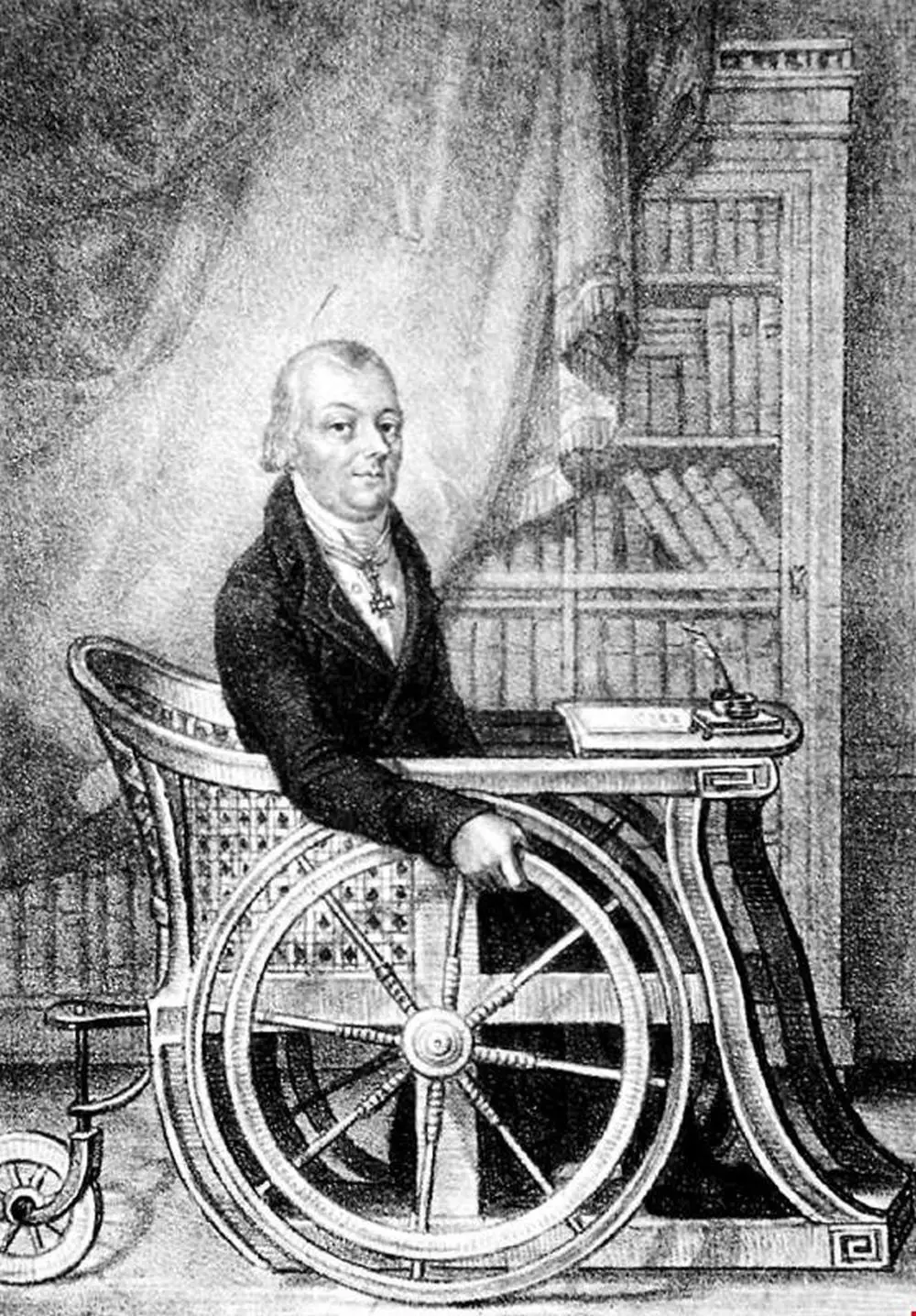
Why Sigismund (Žiga) Zois decided to sponsor the first expedition to the top of Triglav in 1778 is not entirely clear, as the so-called Bohinj papers in which expedition details were discussed have been lost. According to one theory, the predominant reasons were to send someone on the lookout for possible new ore deposits. Another theory is that Zois got inspired by the failed attempt of his geologist pen-pal Hacquet. Either way, Žiga Zois presumably promised a financial award to anyone reaching the top and also organised an expedition, which eventually successfully reached the summit for the first time in 1778.
The expedition was led by Zois’ ironworks facility physician and Hacquet’s student Lawrence Willomitzer, who was to be accompanied by three local guides: Luka Korošec and Matevž Kos, both miners and a hunter Štefan Rožič. Although there is some debate about wether or not all of the men really reached the top, in 1978 the Mountaineering Association decided to depict all four men in a statue in Ribčev Laz, Bohinj, as “more first ascents are better than less”.
Vodnik makes it to the top of Slovenia
Besides researchers and the nobility (Žiga Zois was a baron), another group of people was interested in mountaineering in those early days: priests.
The first one to mention is Valentin Vodnik from Šiška (Ljubljana), who went to Triglav in 1795 in another of the expeditions financed by Zois. The main goal was to prove the neptunist theory on the sea origin of Julian rocks, and thereby refute the plutonist claims of the rock’s volcanic origin, a dispute Zois found himself in with an acquaintance from Transylvania, Johann Ehrenreich von Fichtel, whose claims on the upper parts of the mountain to be of volcanic origin were based on a simple assumption. To prove Fichtel wrong Zois needed a specimen from the top of the mountain that would show some sediment, which was eventually provided by Vodnik.
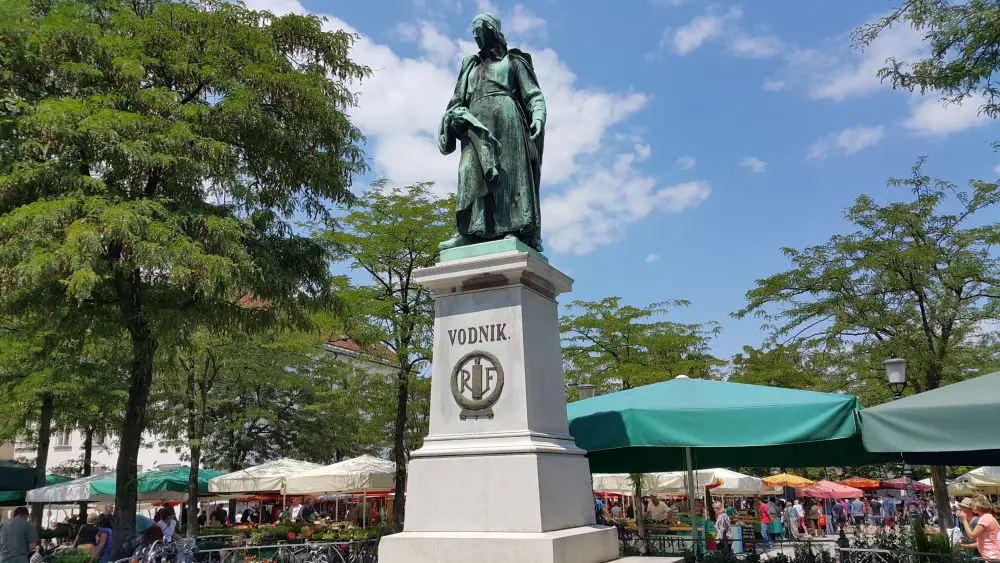
Valentin Vodnik, however, didn’t stay priest much longer after meeting Zois in 1792. He switched to teaching position at Ljubljana grammar school six years later. As such, both Vodnik and his patron Zois are part of the group responsible for the early experimentations with Slovenian nationalism, which in the case of Valentin Vodnik meant the use of what was then considered vulgar peasant language in poetry. Indeed, Vodnik’s 1794 ascent of Kredarica and then a year later of Triglav inspired one of his better poems, Vršac.
With Austria’s defeat by the Napoleon’s army, life changed significantly for Vodnik in 1809, when the newly established Illyrian province with its capital set in Ljubljana allowed him to teach in the Slovenian language. He became a principal of Ljubljana grammar school and a supervisor of vocational and handicraft schools. Vodnik marked this French move in support of local ethnic empowerment with an ode called “Illyria reborn” (published in 1811), for which he had to pay a price once the Austrians took their territory back in 1813 – he was banned from ever teaching again in 1815.
Alpinism evolves
In this circle of early priest alpinists we can also count the Dežman brothers, who also reached the top of Triglav in the years of 1808 and 1809. Among Slovenia’s most notable alpine climbers at the time, however, Valentin Stanič stands out as the first proper alpinist in a contemporary sense of the word. His ascents were often unique and daring, since he regularly climbed solo without a guide and even in winter time. He climbed various European mountains, including Grossglockner in 1800. In 1808 he and his guide Anton Kos reached the top of Triglav, where Stanič measured its altitude with a barometric device and only missed the exact figure by 7 metres, an admirable result for an amateur surveyor. Although it seems that his climbing initially served his scientific interests, Stanič later developed a much more sporting interest in trying to climb as many mountains as possible, to be the first one to reach unconquered summits, and on the way overcome hardships and experience happiness and excitement, attitudes that were very unusual and forward-thinking for the era he climbed in.
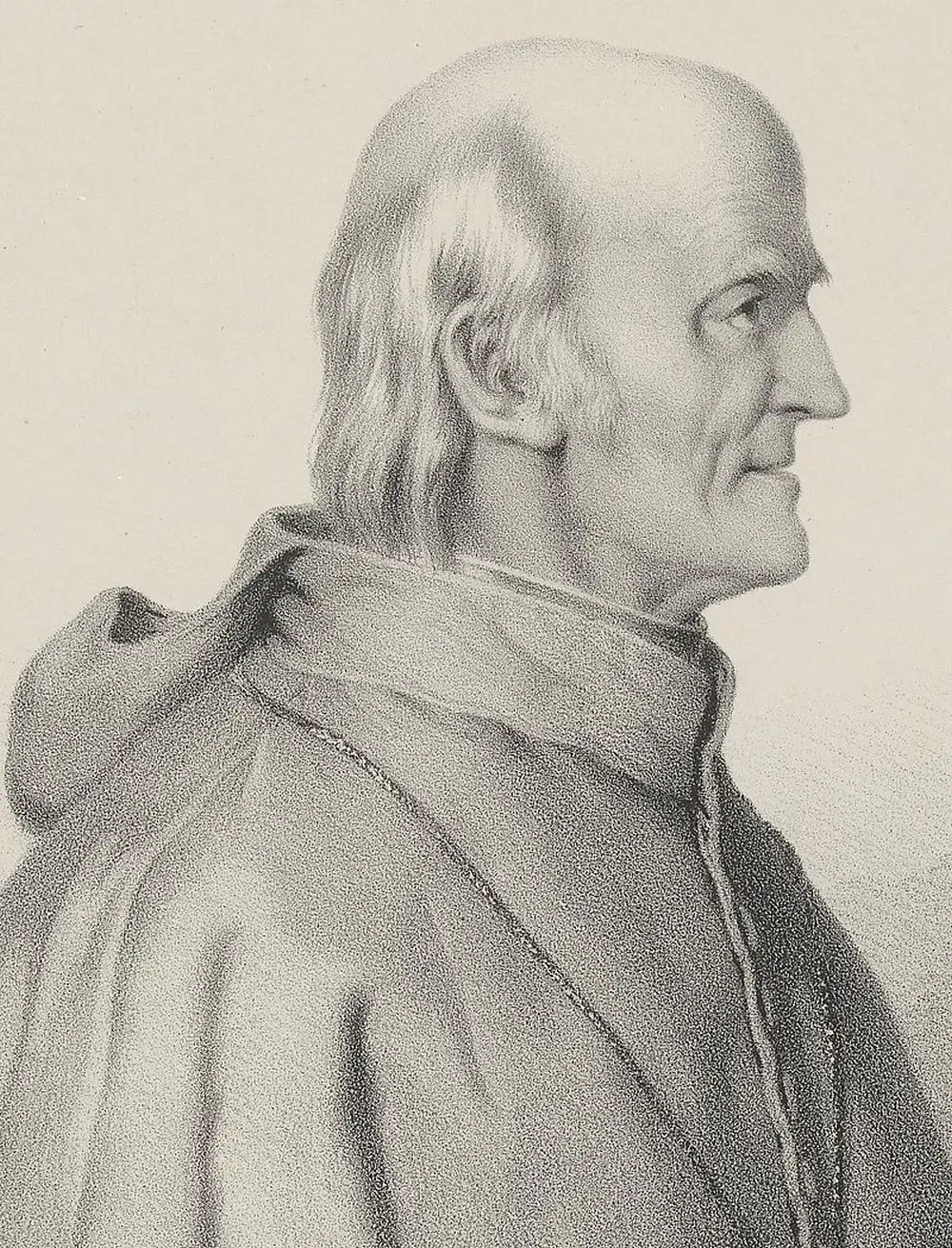
Despite this, most researchers, noblemen and priests would not head into dangerous mountain conditions without local guides, with this latter group less concerned with getting to the top of the mountain than they were with the opportunity to make some money for themselves and their families.
Enter the Slavs
In the middle of the 19th century several ideological attitudes developed in the mountaineering communities of Europe.
The sporty style of the British nobility on Europe’s most prominent mountains came into being with the help of local French and Swiss guides. This elitist style of climbing by a leisure class who could afford to travel abroad and mount expeditions was contrasted by the style of the Germans, who were climbing at home and thus needed less money to do so, and for whom mountaineering was less associated with class, prestige and conquest. Well, until the Slavs enter the picture.
For most of the Slavs, and especially the Slovenes, mountaineering was closely associated with a defence against language- and class-related Germanising influences, as seen, for example, in the use of new German names for mountains and other places that were originally in Slovenian, a process that increased with the growing number of well-organised German climbing groups who were visiting the Julian Alps at the time. On top of this, Napoleon’s short-lived Illyrian province, which planted the seed of nationalistic sentiment in the minds of the Slovenian masses, strengthened the assimilating pressures of the Austrian empire, which in turn generated much greater resistance. Mountaineering thus became part of the Slovenian national project, and Triglav as the highest peak in the Julian Alps was its symbol.
Read part two here
There’s a new look to what’s on… this week, as we’ve added a table of contents and hyperlinks to make the whole thing more user friendly, and finally gotten rid of some long-standing, well-loved typos, while adding some new ones for eagle-eyed readers to spot. You can see all the editions of these guides here, and all our stories tagged Ljubljana here.
As ever, clicking on the venue names in the sections below should get you more details with regard to the time, price and location, as well as other events on at this place in whatever week you're here. Finally, if there's something you want to promote in a future edition of What's on in Ljubljana please get in touch with me at flanner(at)total-slovenia-news.com
- Cinemas and films
- Clubbing
- Live music
- Opera, theatre and dance
- Harm reduction and drug testing
- Some fun facts about the city and its castle…
- Things to do with children
- LGBT+ Ljubljana
- Museums and galleries
- Other things to do in Ljubljana
- Daytrips
- Getting around
Cinemas and films
You can read about all the cinemas in town here, while a selection of what’s playing this week is below, and note that kid’s movies tend to be shown in dubbed versions, so do check before driving out to a multiplex and dropping off the young ones if they can't understand Slovene. Parents should also pay attention to Kinobalon, which is Kinodvor's regular weekend series of film screenings and events for children, from babies on up, with special parent/child events, "first time in a cinema" screenings, and babysitting. Learn more about it here, and see the current schedule here.
Kinodvor – The arts cinema not far from the train station is showing, among other features, The Children Act, Women at War, The Favourite, Maria by Callas and Climax.
Kinoteka – This revival cinema isn’t far from Kinodvor, at the train station end of Miklošičeva, is showing Von Trier’s Europa, two from Bertolucci, The Last Emperor and The Dreamers, and Fucking Åmål from Lukas Moodysson.
Kolosej - The multiplex out at BTC City Mall is playing all the big movies, which this week include The multiplex out at BTC City Mall is playing all the big movies, which this week include The Grinch (with both subbed and dubbed versions), Fantastic Beasts: The Crimes of Grindelwald, Bohemian Rhapsody, Robin Hood, Johnny English 3, A Star is Born, dubbed and subbed versions of Spider Man: Into the Spider-Verse, Aquaman, Bumblebee, a dubbed version of Asterix: Le secret de la potion magique, Second Act, Južni veter, Mary Poppins Returns, Ralph Breaks the Internet: Wreck-It Ralph 2, The Old Man & the Gun, The Favourite and The Upside. New this week are Mary Queen of Scots, Glass, and The Mule, with Serenity starting on Wednesday.
Komuna – The cinema in a basement behind Nama department store is showing Bohemian Rhapsody, Mary Queen of Scots, and The Mule.
Clubbing
Compared to some European capitals it can seem that nightlife in Ljubljana ends rather early, especially along the river, but there are still bars that stay open late and clubs were you can dance until dawn, and perhaps the best place to stumble across something interesting is the legendary Metelkova. Be aware it's a grungy kind of place and not for all tastes, but also that there's considerable variety to found within the various clubs there, from death metal to electropop, gay cabaret to art noise. You can read "the rules" of the place here.
Channel Zero – Monday night is Dub Lab, and this week it’s Domaćica - Open Mic, with a music policy of reggae, dub, riddim, dancehall and rap instrumental. Friday it’s SUBØ: Tigerbalm w. Moleskin and support.
Klub Cirkus – Friday it’s Crazy Cirkus ft. CHRNS (Armada, Proximity, LW) playing dance anthems & party hits, while Saturday night there’s Best of RNB.
Klub K4 – The klub for kool kids that’s not in Metelkova has two events this week. Friday there’s SOLVD w/ Andrey Pushkarev playing house and techno, while on Saturday klubbers can enjoy Techno Golden Oldies with DJs Dojaja, Plotz, Lazy and Djane Gaby.
Klub Gromka – Friday night is Darkland, playing new wave, dark wave, industrial, death rock, goth rock, and more.
Live music
Gala Hala – Tuesday there’s live music from Strange Cages and China Traffic. Thursday ŠKM banda will be presenting their new album. Friday it’s hip hop from Rapetek 145 with MCs Kandžija and Mirko Grozny, with DJ support from K'POW and NBGT. The week then ends of Sunday with punk rock from No Fun At All
Kino Šiška – Wednesday night you can see Stray Dogg and Eine, as seen below. The concert is being tied to the upcoming MENT festival, which starts January 30, with details here.
Klub Gromka – Thursday evening there’s a double-bill of trip hop and groove metal, with Blu.Sine and Paragoria.
Ljubljana Castle – Friday night is jazz night at the Castle, and this week the sounds will be provided by Big Band - Bend It!.
Orto Bar – Friday there seem to be two loud events at this guitar-based venue, with Drunk in Public presenting Gužva u Bajt, Spunk on Toast, Sereš, and Brez Vprašanj, along with Kadilnica of Death presenting MetalRock Akademija. Saturday there’s blues punkabilly/psychobilly with Knocksville and Clockwork Psycho.
Slovenska filharmonija – Monday there’s modern music with a programme of Vito Žuraj: Top spin, Nina Šenk: Baca (2018), Edgard Varèse: Ionisation, Andrej Makor: Silence (2018), Darijan Božič: Pop art III, and Enno Poppe: Schrauben (2018).
Opera, theatre and dance
Cankerjev dom – Tuesday it’s ballet from SNG Maribor, with a performance of Mahler’s Death in Venice. Puccini’s opera Turandot will be staged by SNG Maribor on Friday, January 25.
Gledališče IGLU - IGLU Theatre – Saturday night this group is usually putting on an English improv show somewhere in town, but it’s generally promoted after this is written, so check the Facebook before putting on your shoes.
Klub Gromka – A fairytale for adults, in Slovene, will be staged here Wednesday, 20:00, while on Friday, same time, it’s Za crknt: klovnski fjuzikl, a clown cabaret.
Mini Teater Ljubljana – The English schedule of varied performances for the month is here.
SNG Opera and Ballet – Thursday and Friday there’s Smetana’s The Bartered Bride, while on Saturday there’s Verdi’s La Traviata.
Pocket Teater Studio – Tuesday evening there's theatre with Golobi plešejo tango, then on Friday there's flamenco with Noches de TablaoNote that the number of seats is very limited, and thus you should make a reservation via This email address is being protected from spambots. You need JavaScript enabled to view it. or 070 325 522. The price of ticket is 20€ or 15€ for students, and includes wine throughout the evening.
Harm reduction and drug testing
Drogart is an organization that aims to minimise harm on the party scene, and offers drug-testing services and reports on their webpage. It’s in Slovene, but you can Google translate it or work things out yourself, and our story on the group is here. They recently published a story warning about three pills with very high contents of MDMA, with details (in Slovene) here. Also be aware that all the usual drugs are illegal in Slovenia.
Some fun facts about the city and its castle…
Enhance your stay in the city and impress or annoy your friends and companions by learning some obscure facts about the city here, and the castle here.
The Puppet Museum can be found in the Castle. Photo: JL Flanner
Things to do with children
You can find our Top 12 list of things to do with kids in Ljubljana here. If want to read more about the philosophy behind the wonderful House of Experiments look here, while our trip to the Museum of Illusions is documented here, and there’s always riverside walks, pizza and ice cream. With regard to the latter, take a look at our guide to six places that serve good ice cream in winter.
Mini Teater Ljubljana – The season sees a lot of puppet performances for children, in Slovene, at this theatre not far from Križanke. The English schedule for the month is here.
Ljubljana Puppet Theatre - The puppet theatre near the Central Market and next to the Castle funicular has a full programme or shows, for children and adults, with the schedule here.
LGBT+ Ljubljana
If you want to learn more about Ljubljana Pride, then take a look at our interview with its president here. If you're looking for more general links on "gay Slovenia", including a history of the scene and various projects, then you can find that here, while our stories about the community can be found here.
Klub Monokel – This lesbian bar in Metelkova is open every Friday, and this week it's Nani Mo, a club night with R36 + Volk + Estera + Torkar & Liara T'Soni.
Klub Tiffany – And the gay bar next door is also open on Fridays, while every Monday until June 2019 there's tango at 18:00. On Thursday, 20:00, there's Kavarniški večer: kviz z Milojko.
Pritličje – This seems to be the only "always open" LGBT-friendly cafe / bar / events space in town, and perhaps the country, so it's a good thing it's such a good one, open from morning to night, and with fliers and posters letting you know what's happening outside the narrow confines of, say, a general interest online what's on... guide.
Museums and galleries
Most public galleries and museums are closed on Mondays, although not the National Museum.
Plečnik's desk. Photo: JL Flanner
Plečnik’s House is worth a visit if you want to learn more about the architect who gave Ljubljana much of its character. Read about our guided tour here.
Cankerjev dom – Running until the end of February 2019 is an exhibition titled Ivan Cankar and Europe: Between Shakespeare and Kafka. This is “An examination of Cankar’s art through an analysis of influences and interpretations, and juxtaposition with contemporary European writers. The visually elaborate architectural and graphic layout, supported by audio-visual media, installation art and diverse visual highlights, offers a vivid account of Cankar’s excellence, his comprehensively exquisite aesthetic and artistic vision.”
City Museum – The Museum in French Revolution Square has an exhibition on the writer Ivan Cankar that’s on until the end of February 2019, with pictures, books and manuscripts, all presented in Slovene and English. It also has a very interesting permanent exhibition on the history of Ljubljana, from prehistoric times to the present day, with many artefacts, models and so on that bring the story alive.You can read about my visit here. Until March 2019 there's a show highlighting the work Elza Kastl Obereigner (1884-1973), a pioneer Slovenian sculptress, with an example of her work shown below.
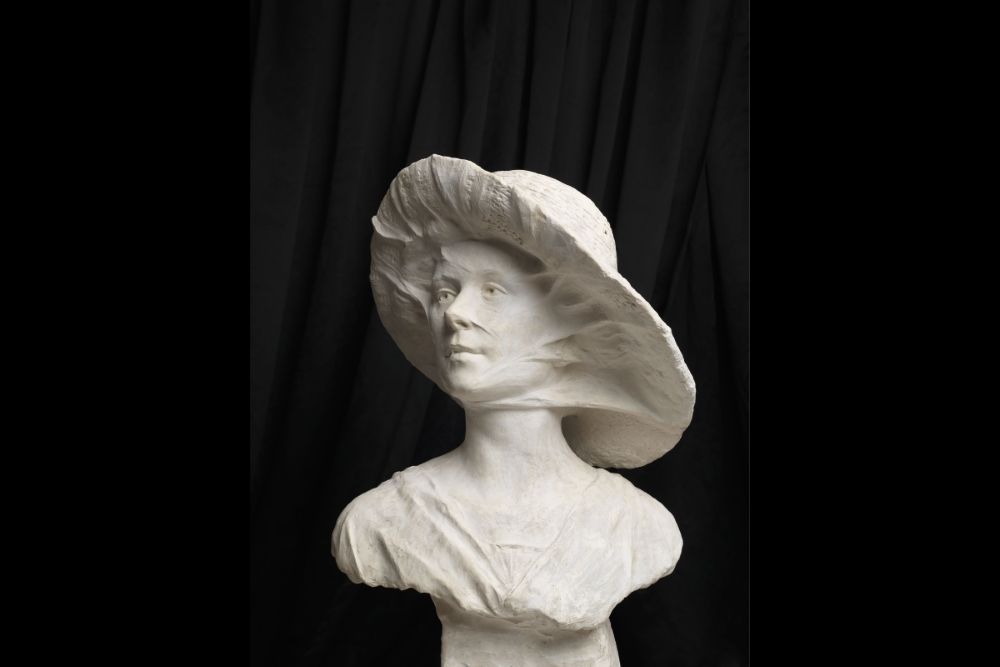
Photo: M Paternoster
The Faces of Ljubljana in the City Museum. Photo: JL Flanner
Galerija Jakopič – On until March 3 is Over My Eyes (Na moje oči), an exhibition of photographs from Iraq taken by Iraqi photographers.
International Centre of Graphic Arts – Running from Friday until March 3 2019 there will be a show of posters from Milton Glaser, while paintings, drawings, prints and from Nathalie Du Pasquier in a show called Fair Game. The latter is being promoted with the following image.
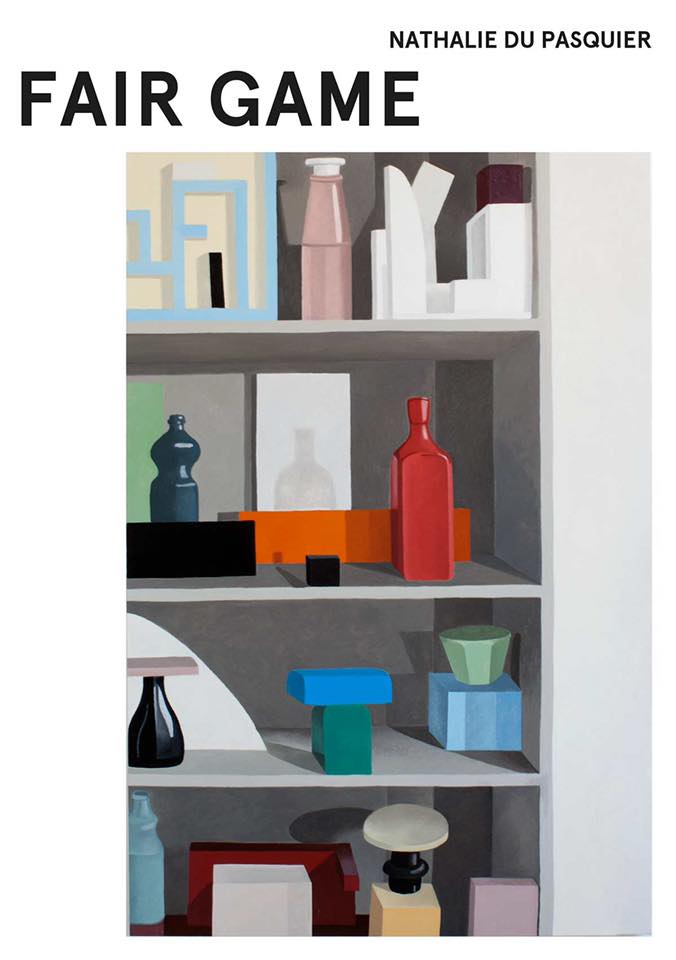
Ljubljana Exhibition & Convention Centre – Just outside the centre of town, at Dunajska cesta 18, you can see a lot of plasticized bodies at the Body Worlds Vital show, running from October 20 until January 20 2019.
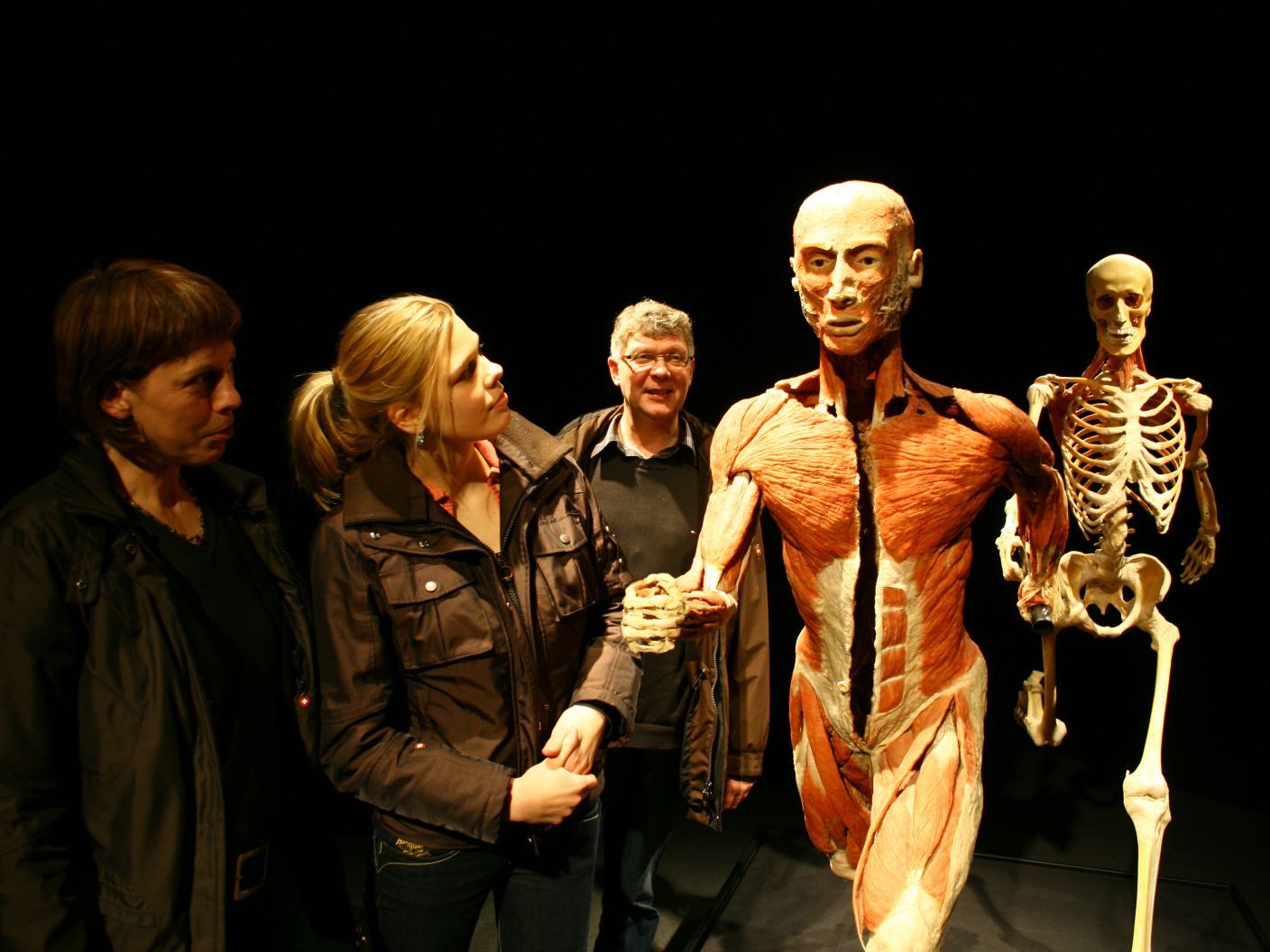
Photo: Body Works Vital
MAO – The Museum of Architecture and Design has much of what you'd expect, and until March 25, 2019, has a show on Ljubljana and it's relation with water. Until February 24 visitors can enjoy Toasted Furniture, which presents some experiments with the reuse of plastic waste, and until February 28 there's a show on Oskar Kogoj and his chairs.
Moderna galerija – The main branch of this gallery, to be found near the entrance to Tivoli Park, has a good collection of modern art, as well a nice café in the basement.
National Gallery – The country’s main gallery has “the best” of what’s on offer from the Middle Ages to non-contemporary modern visual arts, and is in a great location for exploring other areas, just by Tivoli Park and opposite the main branch of the Moderna galerija. Running until February 10 2019 is a show called Ivana Kobilca (1861-1926): But Of Course, Painting Is Something Beautiful!, featuring works like the one below. You can read about our visit to the room containing sacred art from the Middle Ages here, and see a picture from our trip after the two girls.
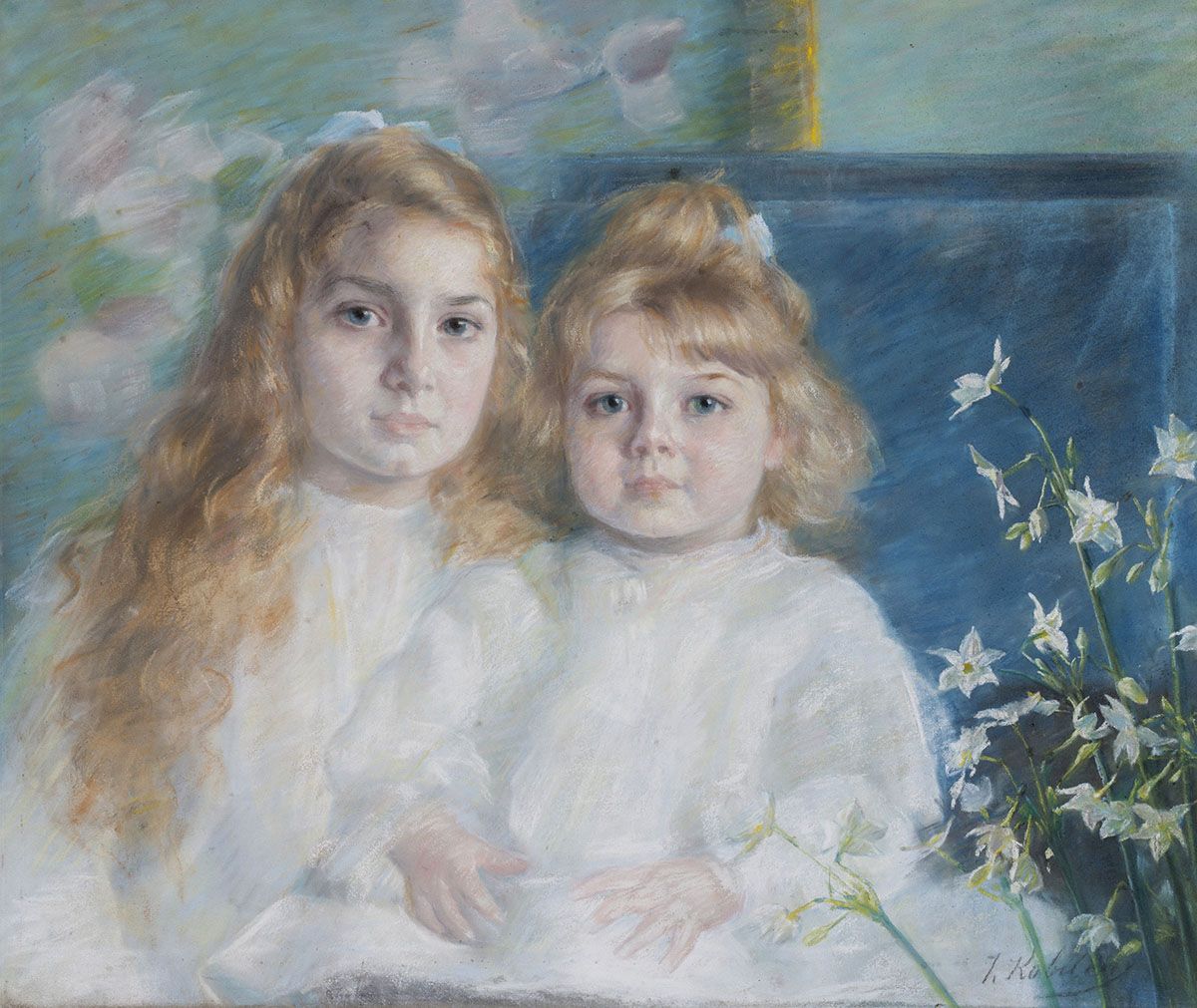
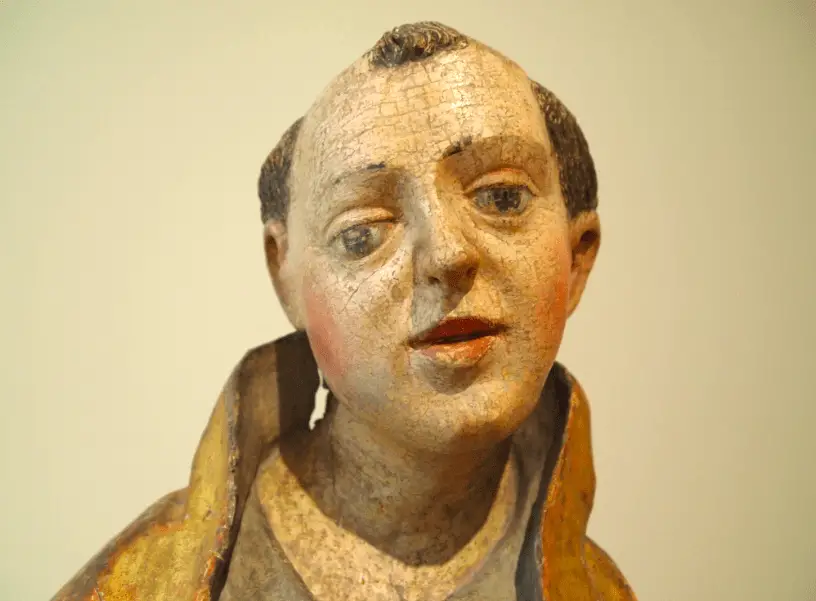
JL Flanner
National Museum of Slovenia – There’s plenty to see in the permanent collection here, from Roman times, Egypt and more, with the big draw this season being the exhibition of over 140 items of gold from Ming Dyntasy China, as reported here, and with an example below. This runs until February 15th.
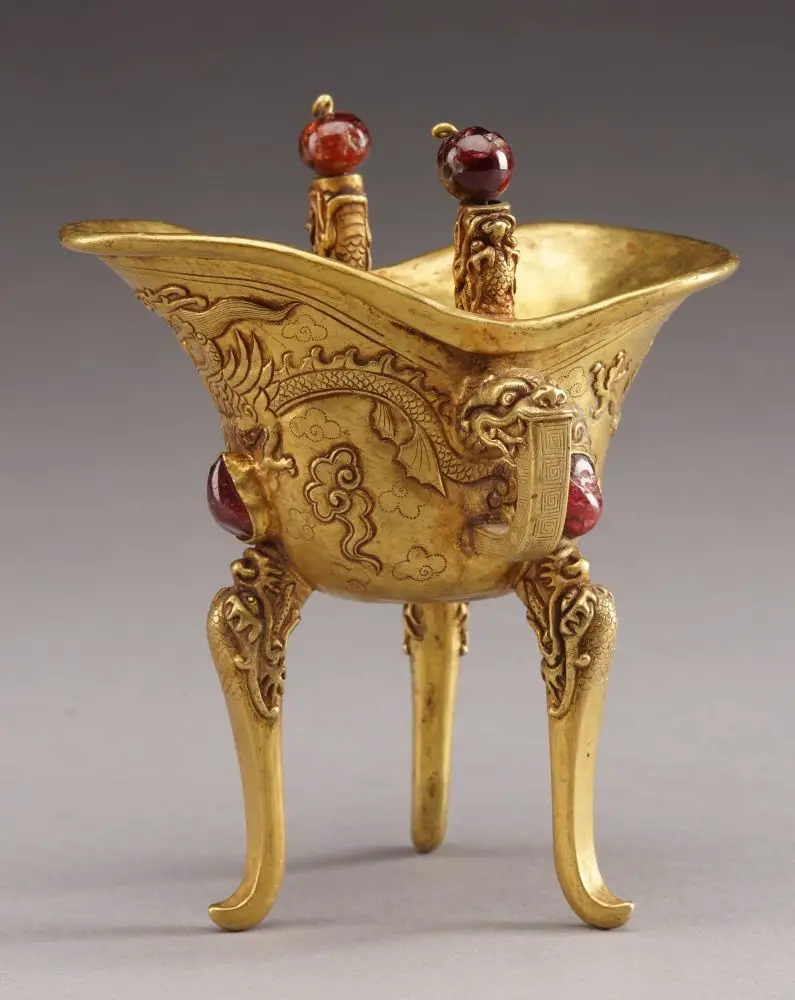
Photo: Wang Wei Chang
Meanwhile, the museum's Metelkova branch, located between one branch of the Moderna galerija and the Ethnographic Museum has some rooms on Church art, furniture and weapons, with the latter including more guns than you'll see anywhere else in town, and quite a thrill if coming from a nation where such objects are not household items.
Natural History Museum – On until the end of June 2019 is Our Little Big Sea, which takes a look at the oceans.
Škuc Gallery - You can find this in the old town, and until January 20 there;s an interesting and often moving show called Kids that you can see for just 1 euro, with works by Johanna Billing, Matic Brumen, Andreja Džakušič, Priscila Fernandes, Eden Mitsenmacher, Franc Purg, and Pilvi Takala.
Slovene Ethnographic Museum – The museum currently has a temporary show on Bees and Beekeeping, on until June 16 2019, as well two permanent exhibitions. One of these is called Between Nature and Culture, and has a great collection of objects from Slovenia and around the world, well worth the trip up to the third floor to see it (as recounted here). This place is located near the newer branch of the Moderna galerija and Metelkova.
Union is "the Ljubljana beer", but now both it and Laško are owned by Heineken. There are many local brews on offer around town, though, if you want to explore IPAs, stouts, wheatbeers, sours and so on Photo: JL Flanner
Union Experience – The Ljubljana-based brewer has a museum showing the history of the company, with the ticket also including access to part of the factory and a few samples of the product. You can read about our visit here.
It's not a formal museum, but if you're interested in "Yugo-stalgia" then you'll enjoy a trip to Verba, a small, privately run space that's crammed with objects and pop culture items from the era, and is conveniently located at the start of one of the short walks to the castle. It's also a great place to take pictures, if you leave a donation, and you can read more about it here.
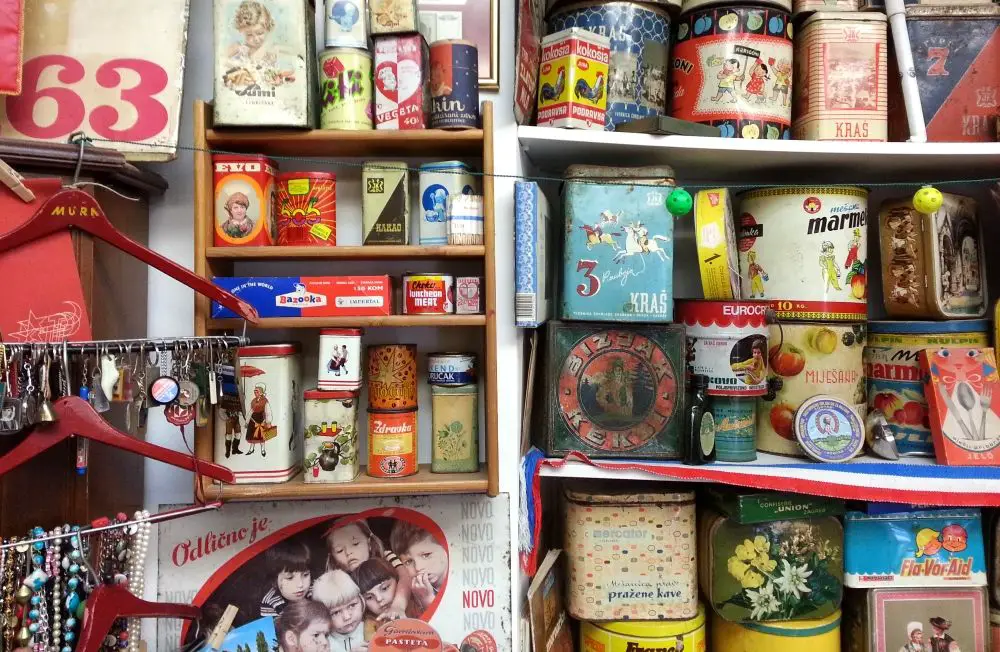
Verba. Photo: JL Flanner
Alternative Ljubljana isn't a museum or gallery, as such, but instead turns the city streets into a museum and gallery. Learn more about their tours of street art, history and LGBT Ljubljana here.
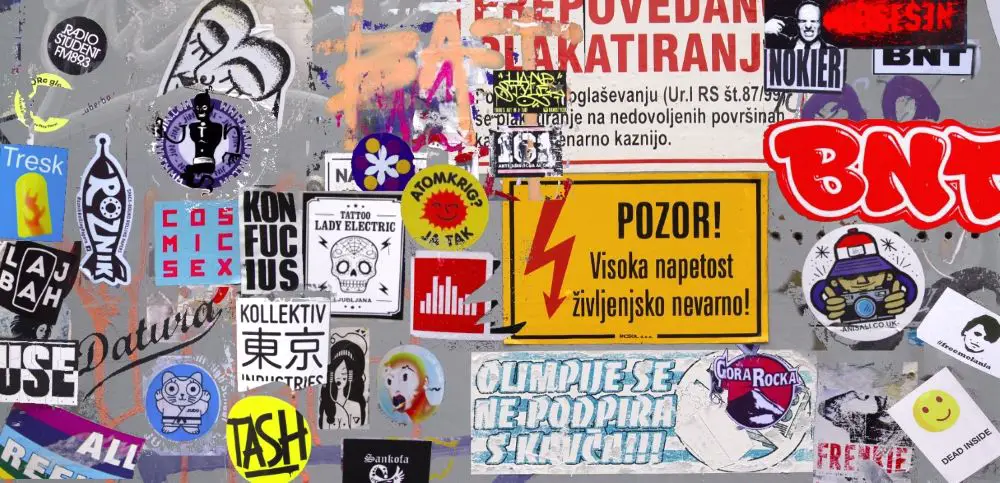
Photo: JL Flanner
Other things to do in Ljubljana
If you'd like to spend an evening painting with others, then take a look at Design with Wine, which organises painting parties on Trubarjeva cesta,
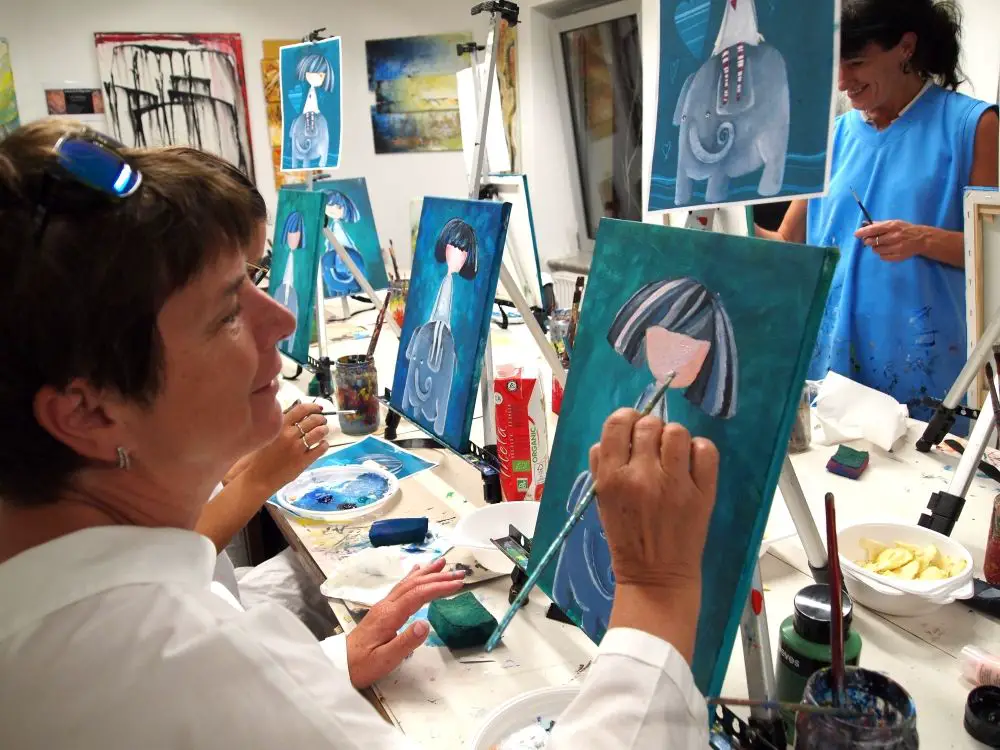
If you want to see some antiques, then check out the wonderful Antika Carniola, as discussed here. The man behind it, Jaka Prijatelj, has a fine eye for life on this street, as you can see on his Facebook account.
Photo: JL Flanner
If you’re in town and want to go jogging or walking in nature, why not take another look at the Castle, with a brief guide to the trails here. If you want something bigger, head to Tivoli Park.
And if you're bored with the Old Town, why not take a walk, cycle or boat ride to nearby Špica and enjoy the riverside life. Learn more about that here.
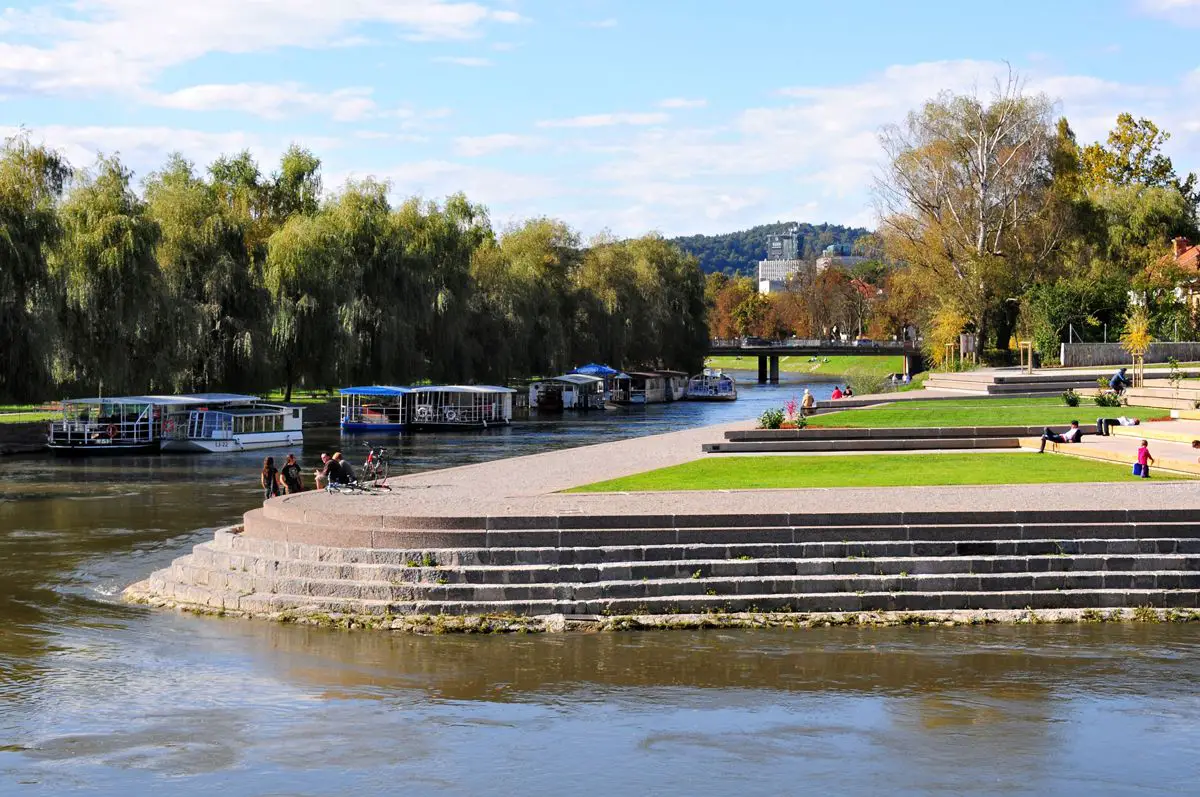
visitljubjana.si
![]()
maxpixel.net, public domain
Want to stretch and breath? Then check out our list of drop-in yoga classes for tourists, visitors and the uncommitted. If you're heading to the coast, check out our interview with a yoga teacher who offers breakfast sessions there, while if you're staying in town (or nearby) and want to try some "family yoga" then you can learn more about that here and maybe get your kids to calm down a moment or two.
There are some golf courses near Ljubljana, but even ones further away are not far, as seen in our list of all the golf courses in Slovenia. Note that these close when the snow starts, if it ever does this year, in which case you might be interested in what's new at Slovenia's ski resorts for 2019, as reported here.
![]()
Photo: maxpixel.net, public domain
Daytrips
Most of Slovenia is only a few hours from Ljubljana, and you can easily visit Lake Bled, Lipica Stud Farm, Postojna Cave, Predjama Castle, the coast and other locations, while if you'd like to take a photo of from that bench in Bled, then you can learn how to get there here. If you’re looking for something more ambitious, then check out our recent guide to the 17 members of the Association of Historical Towns of Slovenia
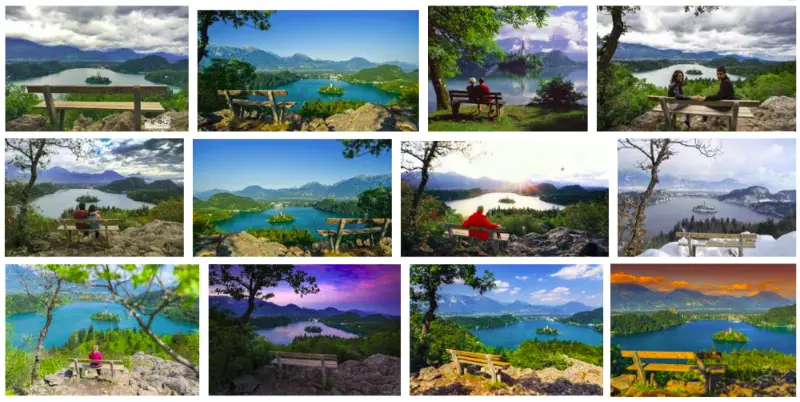
Photo: Google Image Search
Getting around
If you want to get a Ljubljana Tourist Card, which gives you travel on the city buses and entry to a lot of attractions, then you can read more about that here, and if you want to use the bike share system, as useful for visitors as it is for residents, then you can learn more by clicking this. Visitors with reduced mobility will be pleased to find that downtown Ljubljana is generally rated as good with regard to accessibility, and that there’s a free, city-sponsored app called Ljubljana by Wheelchair highlighting cafés, attractions and so on with ramps, disabled bathrooms and Eurokey facilities, which you can read about and download here. If you’re driving into town and don’t know where to part, our guide to how to park in Ljubljana is here.
There aren't many places to eat after midnight, and most of them are by the train station, as reported here.
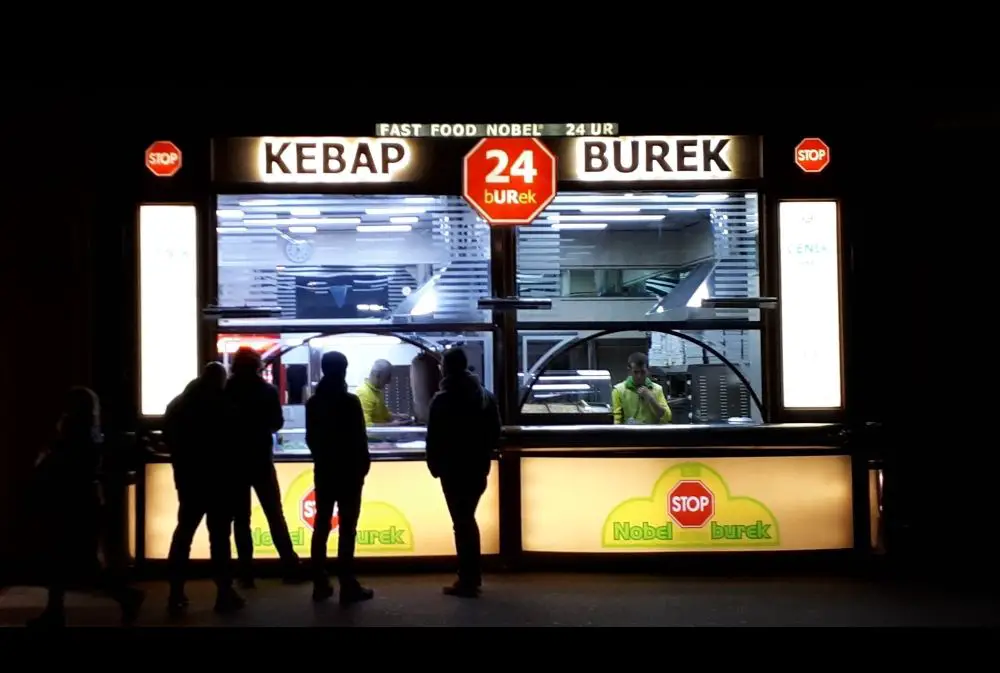
Photo: JL Flanner
Want / need cigarettes but the stores have closed? Here's an incomplete list of bars downtown that will satisfy your craving for the demon weed. While if you’re having trouble with the ATMs then here’s a guide to the Slovene you’ll see on screen. If you get a hangover then find out where to get paracetamol (and prescription drugs) in Ljubljana here, while details on emergency birth control can be found here.
Ljubljana is a small and relatively safe city, but if need to contact the police then there’s a special number for foreigners, and that’s 113.
We thus present two lists of the top grossing movies for 2018, one based on the overall figures for Slovenia as obtained from Box Office Mojo (with the full list of over 170 titles here) – and the other from Kinodvor, who sent us their top ten by ticket sales, for a look those films enjoyed without a bucket of popcorn or gallon of Coke.
Before we get to the top ten movies in Slovenia by box office gross for 2018, let’s take a look at the global top 10, with only four titles appearing in both lists.
Worldwide Top 10 by Box Office, 2018. Data from Box Office Mojo
Worldwide, moviegoers had a strong preference for comic book movies, with five films based on Marvel or DC characters, while there’s only one of these in the Slovenian top 10. However, an incredible nine of the top 10 movies both worldwide and in Slovenia were either a sequel or adaptation, with the odd one out in both lists being Bohemian Rhapsody.
Here’s the countdown of the top 10 movies in Slovenia for 2018, as decided by ticket purchases:
10. Avengers: Infinity War
9. Jurassic World: Fallen Kingdom
8. Incredibles 2
7. Johnny English Strikes Again
6. A Star is Born
5. Fifty Shades Freed
4. Dr. Seuss' The Grinch
3. Mamma Mia: Here We Go Again!
2. Hotel Transylvania 3: Summer Vacation
1. Bohemian Rhapsody
Leaving behind the multiplex for more niche fare, we got in touch with Ljubljana’s top arts cinema, Kinodvor (not far from Kinoteka, the leading archive and home of classic and experimental film), and they kindly gave us their top 10 by ticket sales for 2018, with the countdown being as follows:
10. Don't Worry, He Won't Get Far on Foot
9. Muškarci ne plaču
8. Un beau soleil intérieur
7. The Children Act
6. Todos lo saben
5. Cold War
4. The Last Ice Hunters
3. Družina
2. Gajin svet
1. Three Billboards Outside Ebbing, Missouri
If you enjoyed watching any of those trailers, then check out our weekly guides to what’s on in Ljubljana, where you can see a selection of those from movies playing in the capital this week.
A Slovenian team, working for the Piran-based organisation Morigenos, has discovered that the common bottlenose dolphins (Tursiops truncatus) living off the coast share the Bay of Trieste, dividing it based on time of day rather than territory, the first time such behaviour has been observed.
A paper published in the journal Marine Biology, “Behavioural and temporal partitioning of dolphin social groups in the northern Adriatic Sea”, and written by Tilen Genov, Tina Centrih, Polona Kotnjek, and Ana Hace, outlines how the researchers carried out their work, and what they learned. The team used the distinctive features on the dorsal fins of 38 dolphins to keep track of each individual, noting when and where the animals were sighted in the bay. An analysis of the data showed that the dolphins were divided into two groups of 19 and 13, with the remaining six making up a loose group of its own. The larger group of dolphins tended to following fishing trawlers between the hours of 07:00 and 3:00. In contrast, the smaller group of 13 were seen swimming with the trawlers, and hunted in the bay between 18:00 and 21:00. Dolphins from each group were rarely in the same area at the same time.
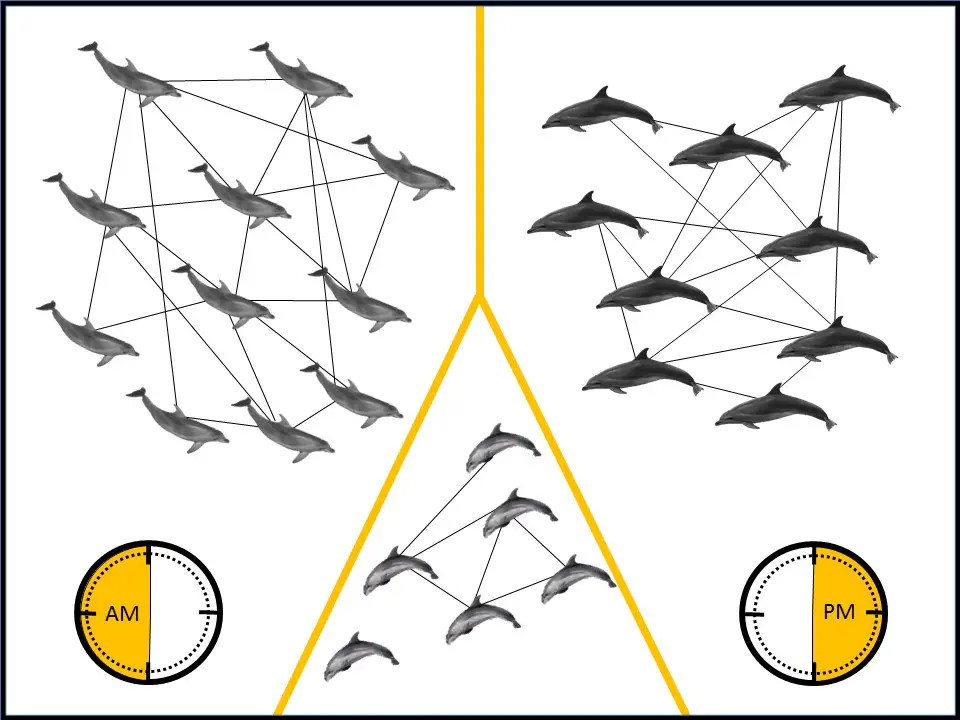
Source: Tilen Genov
In addition to revealing such temporal segregation for the first time in this species, the study is of interest because – as the paper concludes – “We demonstrate how different segments of the same population may behave very differently and have differing effects on human activities such as fishing (through potential depredation or gear damage). In turn, they may respond differently to anthropogenic pressures, as temporal partitioning may make animals either more or less vulnerable to disturbance from boat traffic.”
The full paper can be found here, while those interested in learning more about Morigenos can read an earlier story about the organisation here. The study reported in this story is also summarised in a short and relatively simple Slovene-English dual text here.
STA, 17 January 2019 - An exhibition on Soviet World War II officer Alexander Pechersky, who led the uprising at the Sobibor extermination camp, will go on display at the Maribor Synagogue tonight, accompanied by the screening of the Russian film Sobibor, as an overture to the observation of International Holocaust Remembrance Day.
The exhibition and the film by Konstantin Khabenskiy, Russia's candidate for the 2018 foreign language Oscar, cover the mass escape of Jews from the Sobibor extermination camp in Poland in 1943, organised and led by Pechersky.
Although only 53 of those who escaped survived, it was the most successful break from a World War death camp. The camp itself was ordered by the SS chief Heinrich Himmler to be closed, dismantled and planted with trees within days after the uprising.
Alexander Pechersky – Wikipedia
The event is being organised by the Maribor Library and Centre of Jewish Cultural Heritage Synagogue Maribor in association with the Ljubljana-based Russian Centre of Science and Culture, the Russian Centre in Maribor, International WWII Research Centre in Maribor and the Association of History Students ISHA Maribor.
The event will officially launch this year's observation of International Holocaust Remembrance Day as part of the project Shoah - Let Us Remember 2019 in Slovenia with Culture Minister Dejan Prešiček as honorary sponsor.
The project involves a number of cultural, research and education institutions. Every year they hold exhibitions, scientific conferences and various cultural events to keep alive the memory of the victims of the Holocaust, Porajmos, Nazi persecution and genocide in general and to warn of instances of hatred and intolerance that could lead to crimes against humanity.
International Holocaust Remembrance Day, observed on 27 January, will also be observed by an event hosted by the ZZB NOB association of WWII veterans this Sunday at the Kino Šiška urban culture centre in Ljubljana. It will be addressed by Maca Jogan, a University of Ljubljana professor emeritus, who was born in the Lössnitz labour camp.
All our posts on Jewish Slovenia can be found here
Ljubljana isn't a 24-hour city, and you're not going to get fine dining at 3am. You understand these realities, and are aware this is not what you should be doing. That whatever you did to end up here, at this time and in this condition, must have been a significant jolt to the system. And what you need is a place to chill out, a bite to eat and maybe a beer, a person who’s not going to ask what you’ve been doing or why you aren’t in bed, but simply what you’d like to order.
Related: Five places to buy cigarettes at night in Ljubljana
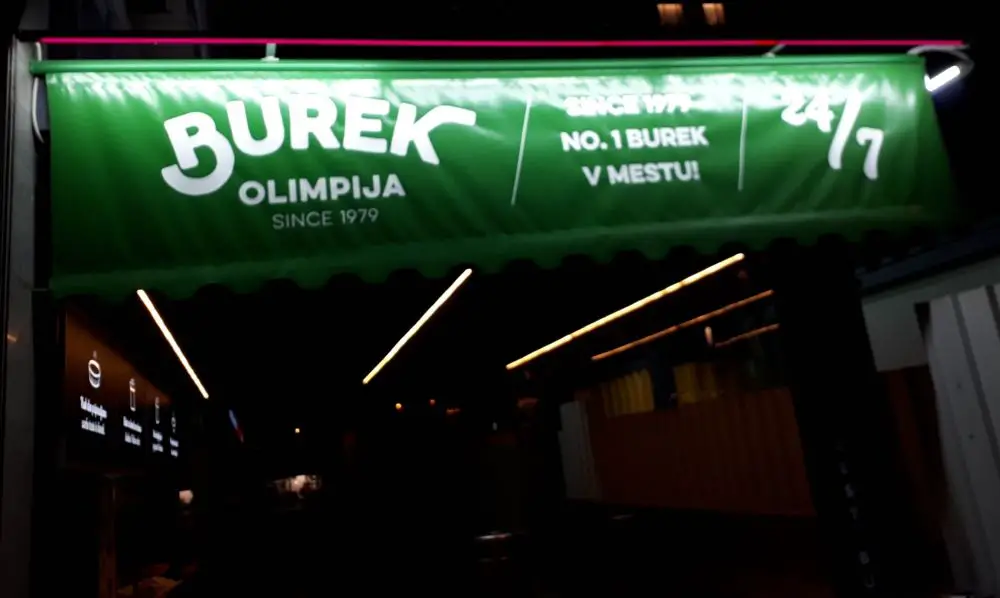
Burek Olimpija is a little hard to find, but not far from the train station or Intercontinental Hotel. Photo: JL Flanner
Whenever the hunger strikes you, at 5 after midnight, 3am or 6, there are just a few places where you be assured of a welcome in Ljubljana, with lights, people and commercial activity focused on the provision of carbohydrates, protein, and fat, seasoned with sugar and salt. Pizza, burek, kebab, burger and fries. Soda, coffee and beer. You know the kind of places.
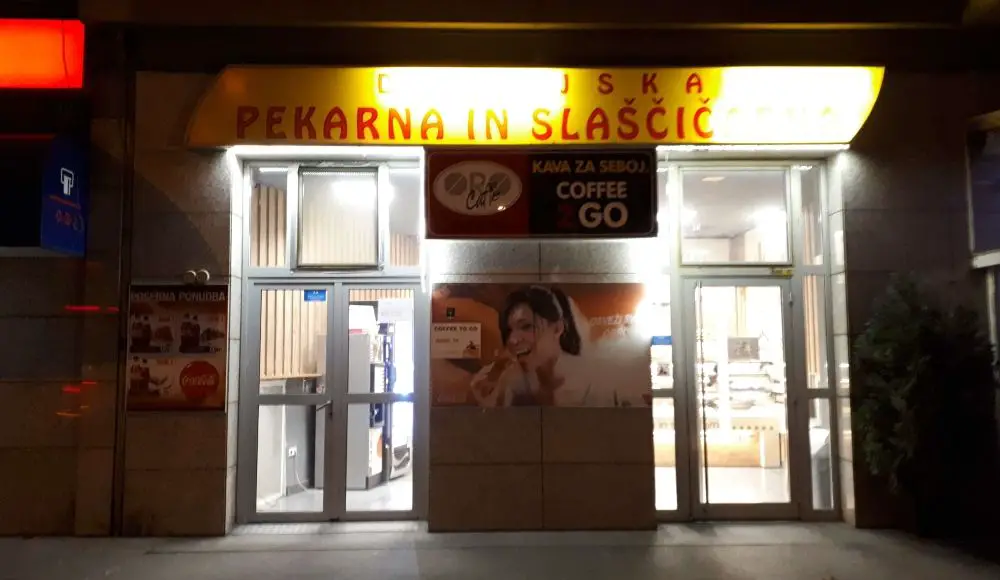
Baked good and coffee, but no seats, opposite the station. Photo: JL Flanner
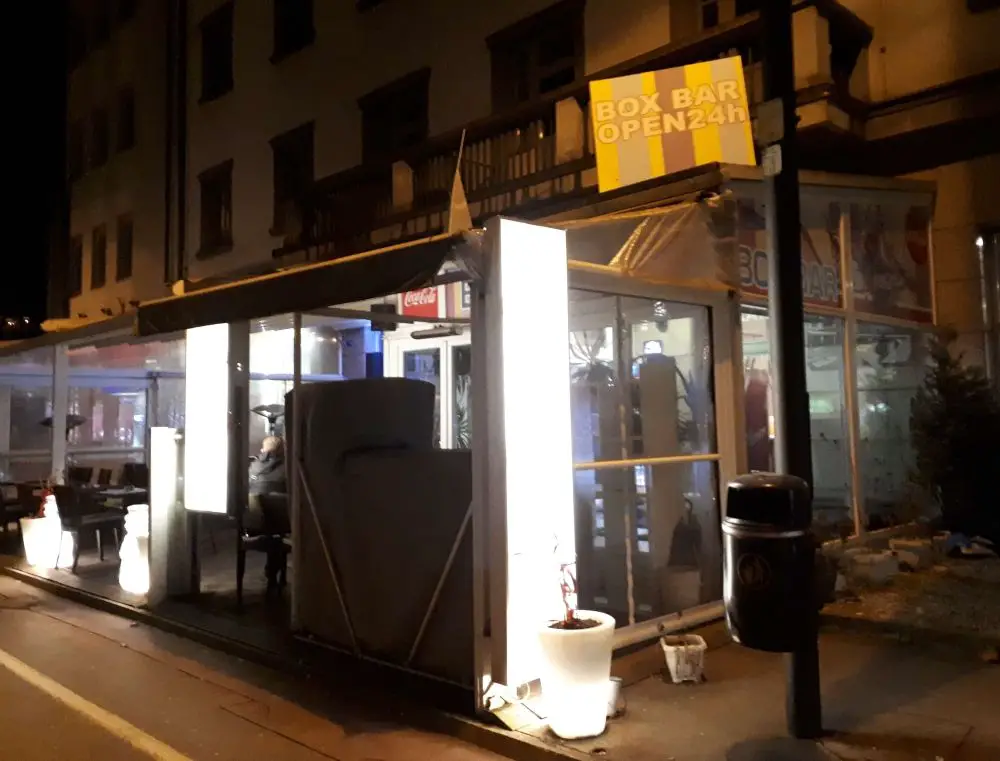
The Box Bar looks like the kind of place you can drink 24 hours a day. Photo: JL Flanner
Between midnight and 6am your best options for food in the capital, as a tourist or visitor without access to a kitchen of your own, are mostly clustered around the train station, close enough to each other that you can browse before making a decision.
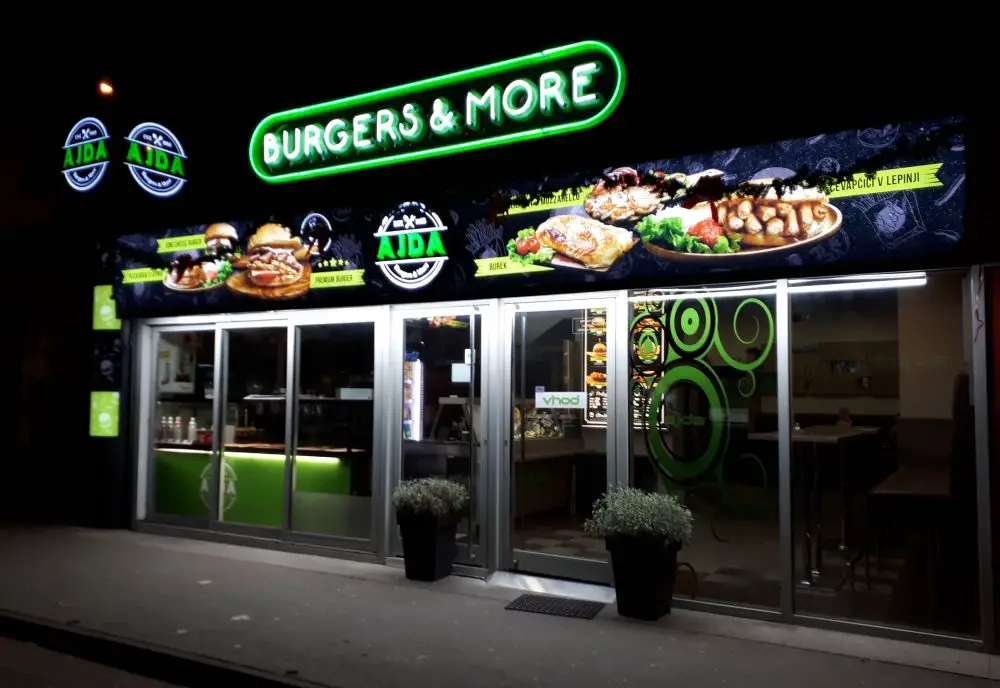
Fans of fried meat and bread are in for a treat, no matter what the clock says. Photo: JL Flanner
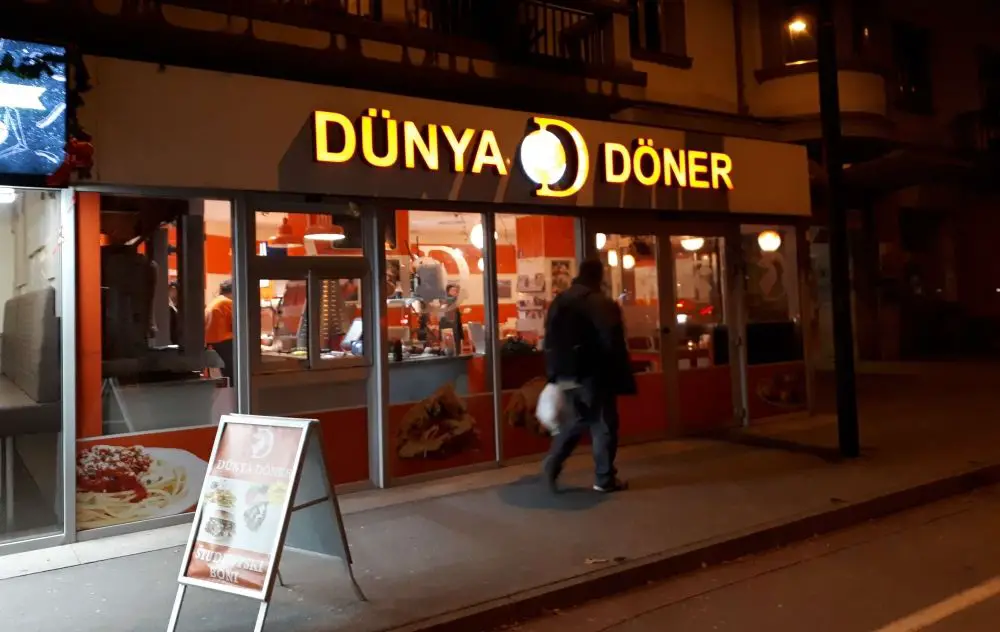
And next door there are kebabs. Photo: JL Flanner
Facing from the station and going from left to right you have a bakery, a café bar (where you can sit and drink till sunrise), a burger place, and a kebab store. Going back a few streets and you can find two burek places. Burek Olimpija has been selling these pastries since 1979, and claims to have been the first such store in the city. Currently it’s slightly hard to find as there’s roadworks obscuring the front of the store, but the bold green signs can still be seen. A rival provider, Nobel Burek, is just a short distance away on Miklošičeva.
On Trubarjeva cesta, next to Dragon bridge, there’s Šeherezada, a fresh, fast Turkish restaurant with kebabs, falafel, salads, and more, and a best option for food well after midnight on the street. Just up the street from this, heading out of the centre, is Abi Falafal, a clean, well-lit place that offers an extensive menu offering Arabian food and open until 01:00 from Thursday to Saturday. (In general, Trubarjeva is the best street for ethnic food, and you can learn more about that here.)
January 16, 2019
Dormice have been hunted for centuries in Slovenia. Nevertheless, unlike many other wild and edible species their numbers continue to persist, which is why polhanje, as the activity is called in Slovenian, managed to continue into the present. The hunting season officially begins every first of October, and different to the majority of such seasons is open to the broader public, anyone who has applied for a special dormouse hunting permit which is relatively easy to get.
Hunting for dormice has changed significantly over the years, as it has gradually moved from an economic necessity towards the preservation of a tradition of socializing at night in the forests, an event of drinking and hanging out that can often conclude without a single mouse being caught.
Dormice were a delicacy in Roman times, and hence the species’ alternative name, edible dormouse, although the habit of eating them only seems to have persisted in Slovenia and Croatia. Let’s take a deeper look into the folklore that helps to put these adorable creatures on a plate, and how it has changed over the centuries.
Habitat and habits of a Slovenian dormouse
In Slovenia, the dormouse, although found almost everywhere, is most common in Inner and Lower Carniola, that is notranjska and dolenjska. In terms of altitude, its habitat is limited by the beech forest, given that beechnuts are an important part of the diet of these animals. The dormouse is an omnivorous creature who likes to eat everything from insects, even tiny birds, to soft fruits, leaves and seeds. Nevertheless, its successful hibernation mostly depends on what it can eat from beech, oak and hornbeam trees.
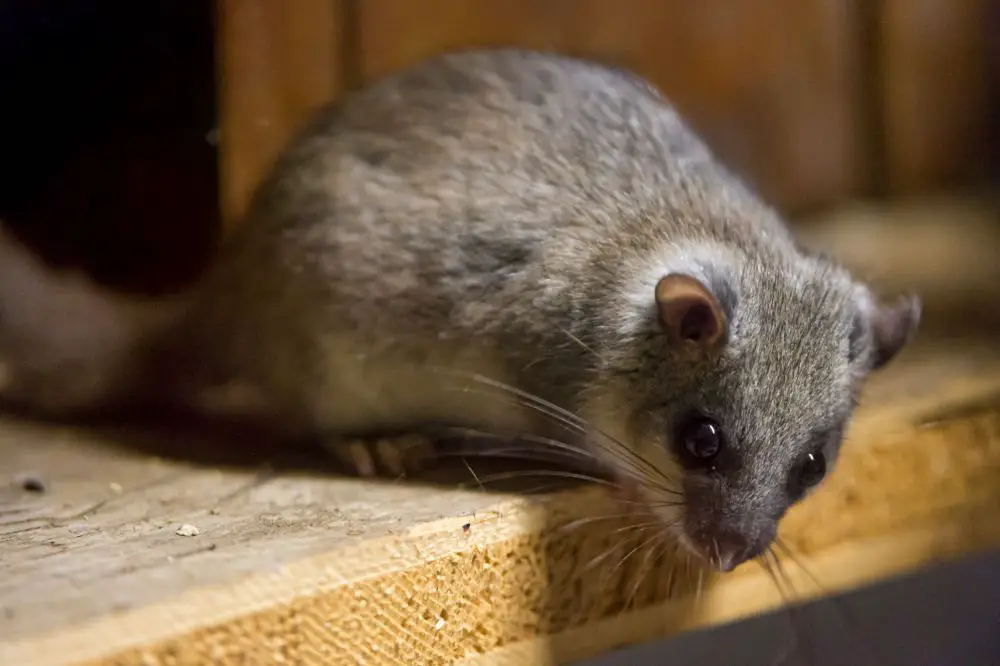
Dormice spend most of the day in holes in the ground or tree trunks, or in between roots, in birdnests, under the roof tops or other shelters. At night they move along the tree branches and are quite good at jumping, said to be even better than squirrels.
Hunting technique
All of this is a very important information when it comes to hunting, as what hunter has to offer in his self-triggering trap must really be very delicious if a fat, autumn dormouse is going to crawl inside and take the bait. Such an animal isn’t going to get caught for a snack it can easily find in the forest.
Typically, bait would be placed into a wooden self-triggering trap, which was put on a long hazel stick and hanged on a tree.

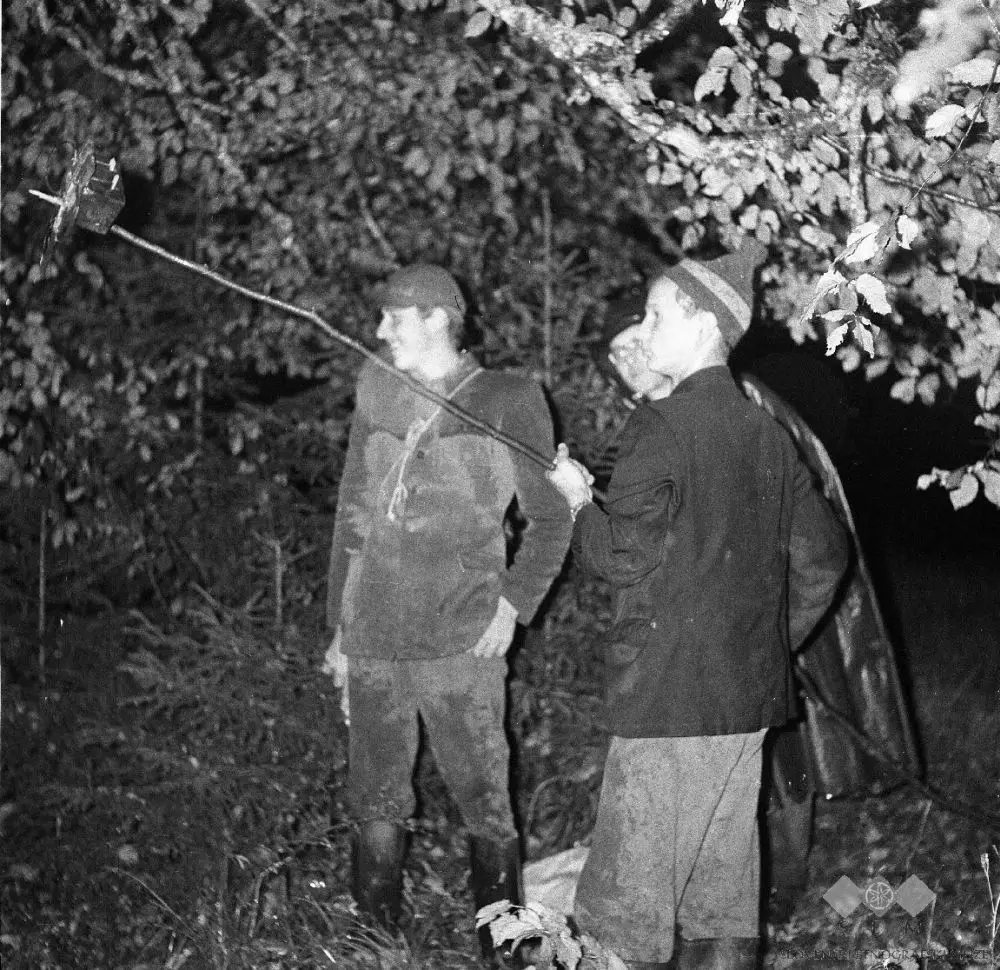
Although the recipe for dormouse bait is every hunter’s cherished secret, the word is out there that it should include a drop of fine pear brandy with a pinch of cinnamon. That is, of course, if you really want to catch, kill, skin, de-gut, cook and eat a dormouse. Most of the people who go on a polhanje today are not that much into hunting, and often spend the night without making a single catch, not caring as long as the company is good, other, less formerly cute foods are available, and the drinks are abundant.
Tradition
The first record of dormice hunt and eating in Slovenia dates back to the 13th century, and was later described in detail by the Slovenian historian Janez Vajkard Valvasor. Dormice used to present an important source of protein for Slovenian peasants, while their fat was also used for healing wounds. Dormice kučma-like hats (polhovka) have since the Birth of Nation (in the middle of the 19th century) been a symbol of Slovenia, and were even banned by the Nazis during WWII. After the war, this hat was placed on the head of the New Year figure Dedek mraz, to make him more Slovenian, not Russian, after the Soviet-Yugoslav split in 1948.
The main goal of polhanje is not to catch a few dozen small animals for a memorable feast, but rather in preserving the tradition of life in nature, and above all such meetings are fun social events that takes place after dark in the forest.
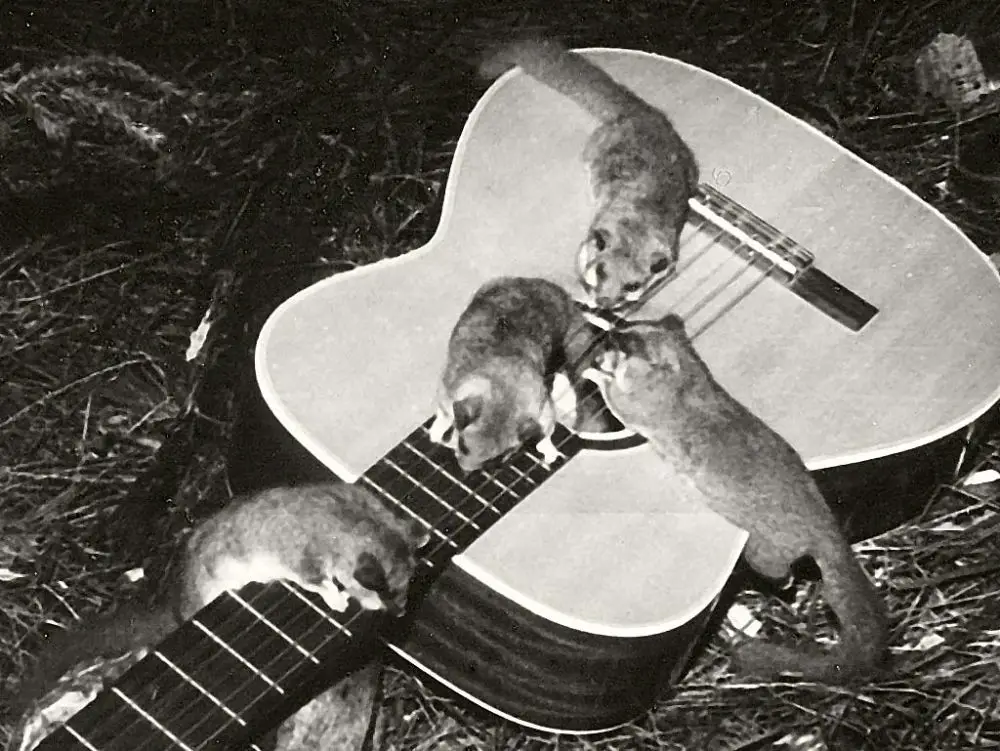
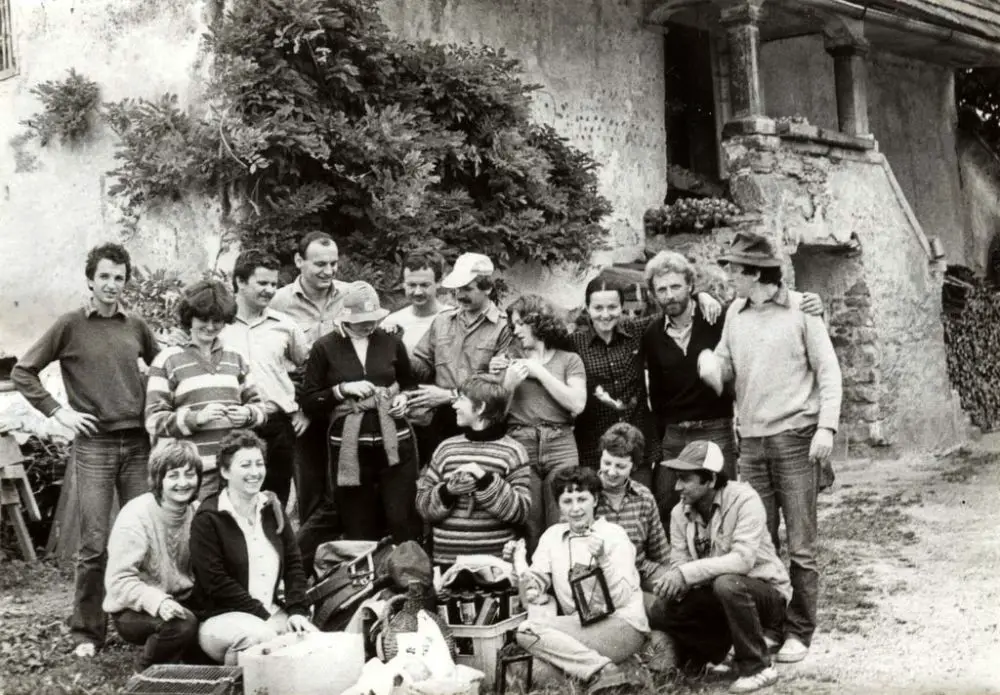
January 16, 2019
In 1895 a decree of the City of Vienna limited the permitted worktime on Sundays to six hours, sparking protest from Slovenian chestnut sellers.
One of the oldest forms of seasonal work migration among Slovenes is that of selling chestnuts, with people moving at the beginning of winter to Vienna to roast chestnuts in the streets of the empire's capital.
In the 1850s there were about one thousand registered chestnut sellers in Vienna, out of which almost one half were from Slovenia, mostly from the areas of Velike Lašče, Ribnica and Kočevje. Chestnut huts were not known in those days, and kostanjarji would roast their chestnuts in the streets and markets from morning to night, no matter the weather.
On today's date in 1895 the City of Vienna limited all forms of work to six hours on Sunday to enforce observation of the Sabbath as a day reserved for rest and religious activity. This brought complaints from the chestnut sellers, as sales were best on Sundays. The authorities, however, insisted on the shortened hours and only allowed for extensions on the last Sunday before Christmas and in Prater, a large public park in Vienna.
At the end of the season Slovenian kostanjarji mostly returned to their homes, while some remained in the city. The latter were mostly from the Ribnica region, who established handicraft shops In Vienna and would continue their business selling their woodcraft items, also called suha roba (lit. ‘dry goods’) in the streets and markets of Vienna for the rest of the year.
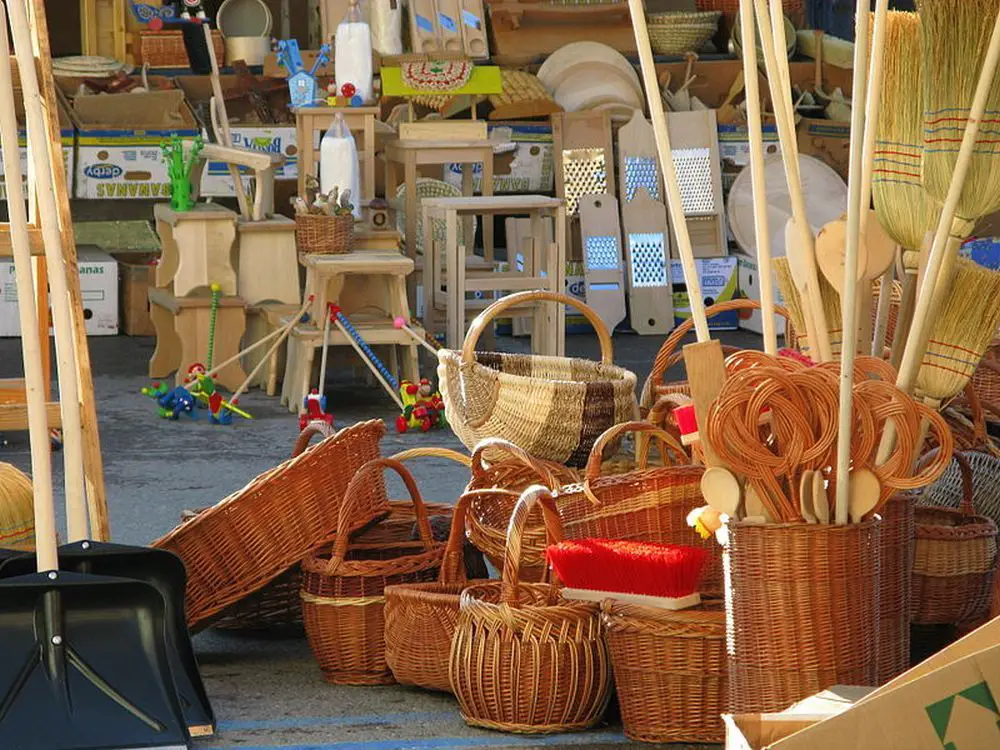
STA, 16 January 2019 - Preparation works have started in Ljubljana's Šiška borough for the construction of what will become the two tallest residential buildings in the country. The two 85-metre towers, expected to be completed by the end of 2020, will feature around 220 apartments.
The project, located opposite the Celovški Dvori housing complex near the northern section of the capital's ring road, is the brainchild of Izet Rastoder, the owner of Slovenia's biggest tropical fruit importer.
Estimated at EUR 40m, the investment is managed by Rastoder's subsidiary Spektra Invest, which is half-owned as of the end of last year by Podgorica's Zetagradnja, the biggest investor and builder in Montentegro.
The two 21-storey buildings will come with a commercial and business section in the ground floor and with a 420-space underground parking garage.
According to the newspaper Delo, Spektra Invest announced last autumn that the prices of the new flats would not exceed current prices of used flats even though they could be classified as prime housing.
The Rastoder group, mostly known for its banana imports, has been engaged in real estate project since 2014, when it bought the site in Ljubljana's city centre later used by Serbia's Delta to build Intercontinental, the country's only five star hotel.
In 2017, Rastoder also bought the still undeveloped commercial section of Ljubljana's Stožice sports complex, as well as Hotel Bellevue, the capital's former landmark hotel that has for a while been in a state of disrepair.


